Plastic containers are a staple in most kitchens, used to store leftovers or pack lunches for work. But have you ever wondered why some plastic containers float while others sink? The answer lies in the material that the container is made of. Polypropylene is a common material used in plastic containers that is known for its durability and resistance to chemicals and heat. This is why it is often used in containers for microwaving or storing hot foods. Due to its low density, polypropylene containers tend to float in water. In contrast, polyethylene is a denser material commonly used for plastic bags and wraps. This is why these types of containers tend to sink in water.Plastic containers
Aluminum foil is a versatile material that is used for cooking, wrapping, and storing food. It is also a common household item that can be found in most kitchens. So, does aluminum foil float or sink in water? The answer is that it can do both! If you crumple up a piece of aluminum foil, it will likely sink in water due to its shape and weight. However, if you were to lay a piece of flat aluminum foil on the surface of the water, it would float due to surface tension. Interestingly, aluminum foil is also a good conductor of heat, which is why it is often used to cover and protect food in the oven. So next time you're cooking with aluminum foil, think about its floating and sinking properties!Aluminum foil
Glass jars are commonly used for storing food, sauces, and spices in the kitchen. They are also a popular choice for DIY projects and home decor. But do glass jars float or sink in water? Due to their relatively high density, glass jars tend to sink in water. This is because the weight of the jar is greater than the weight of the water it displaces. However, some glass jars may float if they are filled with air or other lightweight materials, such as dried spices. This is because the total weight of the jar and its contents is still less than the weight of the water it displaces.Glass jars
Wooden spoons are a staple in most kitchens, used for stirring and serving food. But have you ever put a wooden spoon in a pot of boiling water and noticed that it floats? This is due to the fact that wood is less dense than water, causing the wooden spoon to float. It is also a poor conductor of heat, which is why it is a popular choice for cooking utensils. However, if the wooden spoon is submerged in water for too long, it may eventually become waterlogged and sink. So, be careful not to leave your wooden spoons in pots of water for extended periods of time!Wooden spoons
Stainless steel bowls are a common kitchen item, used for mixing and serving food. They are also known for their durability and resistance to rust and corrosion. So, do stainless steel bowls float or sink in water? Due to the high density of stainless steel, these bowls will sink in water. However, if the bowl is filled with ingredients or food, it may float depending on the weight of its contents. In addition to their use in the kitchen, stainless steel bowls are also commonly used in science experiments to test the density of liquids.Stainless steel bowls
Ceramic dishes are a popular choice for serving food and adding a touch of elegance to the dining table. But what makes them sink or float in water? Ceramic dishes are made from clay and other natural minerals that are fired at high temperatures to create a hard and durable material. Due to their high density, ceramic dishes will sink in water. However, some decorative ceramic dishes may have air pockets or be made of lighter materials, causing them to float in water. So, next time you're using ceramic dishes, think about their material properties and how they affect their buoyancy.Ceramic dishes
Paper towels are a common household item used for cleaning up spills and messes in the kitchen. But do they float or sink in water? Due to their porous nature, paper towels will initially float in water. However, if left in the water for an extended period of time, they will eventually become waterlogged and sink. Interestingly, paper towels are also commonly used in science experiments to demonstrate the properties of surface tension and how it affects the floating and sinking of objects.Paper towels
Sponges are another common cleaning tool found in most kitchens. They are known for their ability to absorb and hold onto water, but do they float or sink? Due to their high absorbency, sponges will initially float in water. However, as they become waterlogged, they will eventually sink. Sponges are also made from a variety of materials, such as cellulose, which can affect their buoyancy. So, the next time you're washing dishes with a sponge, think about its floating and sinking properties.Sponges
Ice cubes are a staple in most kitchens, used to cool down beverages and make refreshing drinks. But do they float or sink in water? Due to their low density, ice cubes will float in water. This is because the density of ice is lower than that of liquid water, causing it to displace more water and float on the surface. Interestingly, ice cubes can also be used to demonstrate the concept of buoyancy, as they will float in any liquid that is less dense than water, such as alcohol or oil.Ice cubes
Oil and water are two common liquids found in the kitchen, but they have very different properties. So, what happens when you mix them together? Due to their different densities, oil and water will not mix. Instead, the oil will float on top of the water, creating distinct layers. This is because oil is less dense than water and cannot dissolve or mix with it. This is also why oil spills in the ocean are so damaging, as the oil floats on top of the water and prevents sunlight and oxygen from reaching marine life below.Oil and water mixture
How to Incorporate Floating and Sinking Materials in Your Kitchen Design

Creating a Functional and Visually Appealing Kitchen Space
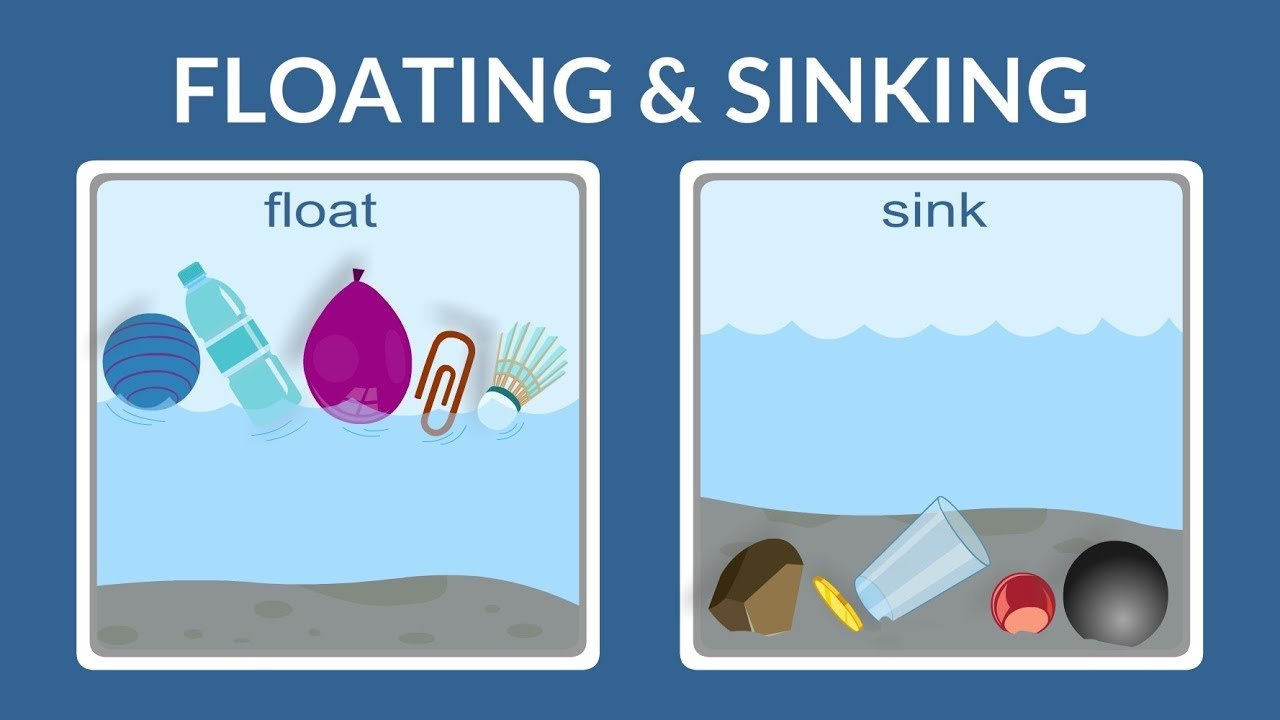 When it comes to designing a kitchen, functionality and aesthetic appeal are two of the most important factors to consider. One creative way to achieve both is by incorporating materials that float and sink into your kitchen design. Not only will this add a unique and interesting element to your space, but it can also serve a practical purpose. Let's explore the various materials that can float and sink in the kitchen and how you can use them to elevate your kitchen's design.
When it comes to designing a kitchen, functionality and aesthetic appeal are two of the most important factors to consider. One creative way to achieve both is by incorporating materials that float and sink into your kitchen design. Not only will this add a unique and interesting element to your space, but it can also serve a practical purpose. Let's explore the various materials that can float and sink in the kitchen and how you can use them to elevate your kitchen's design.
Adding Floating Shelves for Storage and Display
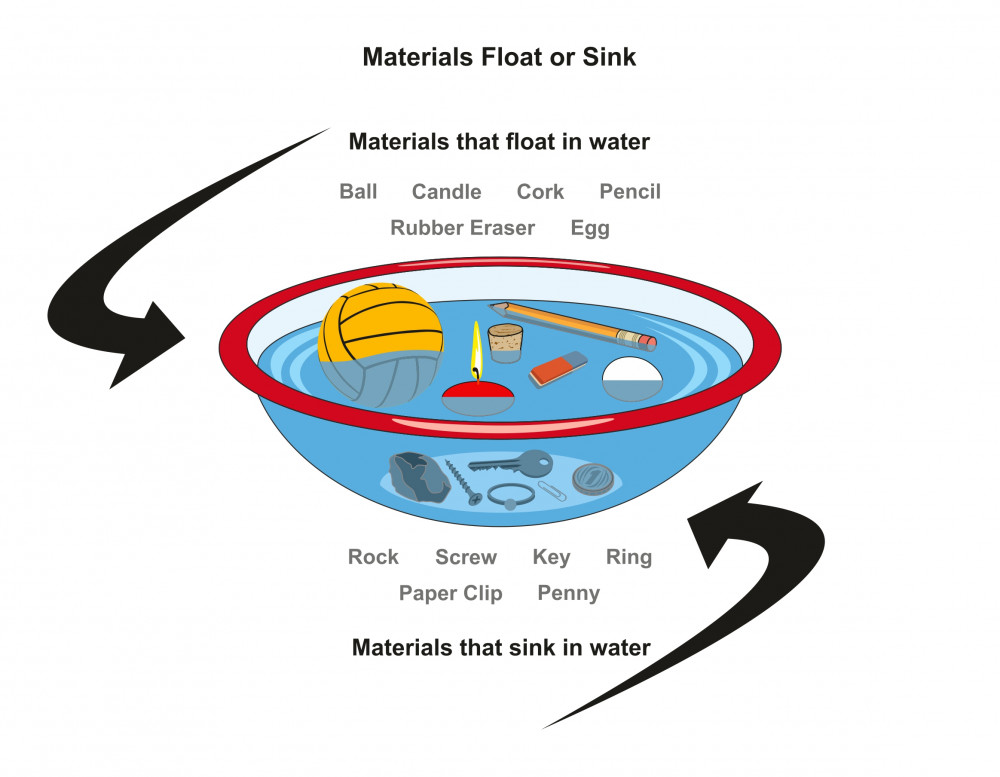 One of the most common and versatile ways to incorporate floating materials in the kitchen is by installing floating shelves. These shelves, which are mounted directly onto the wall without visible brackets, can be made from a variety of materials such as wood, glass, or metal. Not only do they provide additional storage space for your kitchen essentials, but they also create a visually appealing display for your cookbooks, dishes, and decorative items.
Using
floating shelves
also helps maintain a sense of openness and airiness in your kitchen, making it feel more spacious.
One of the most common and versatile ways to incorporate floating materials in the kitchen is by installing floating shelves. These shelves, which are mounted directly onto the wall without visible brackets, can be made from a variety of materials such as wood, glass, or metal. Not only do they provide additional storage space for your kitchen essentials, but they also create a visually appealing display for your cookbooks, dishes, and decorative items.
Using
floating shelves
also helps maintain a sense of openness and airiness in your kitchen, making it feel more spacious.
Utilizing Sink Materials for Durability and Style
 When it comes to your kitchen sink, you have the option to choose between materials that float and sink. For a durable and sleek look,
consider
stainless steel sinks
which are both stain and heat-resistant, making them perfect for a busy kitchen. On the other hand, if you want to add a touch of elegance to your space,
a porcelain or ceramic sink
is a great choice. These materials may sink, but they can still be incorporated into your kitchen design in a way that adds a unique and stylish element.
When it comes to your kitchen sink, you have the option to choose between materials that float and sink. For a durable and sleek look,
consider
stainless steel sinks
which are both stain and heat-resistant, making them perfect for a busy kitchen. On the other hand, if you want to add a touch of elegance to your space,
a porcelain or ceramic sink
is a great choice. These materials may sink, but they can still be incorporated into your kitchen design in a way that adds a unique and stylish element.
Using Floating Countertops for a Modern Touch
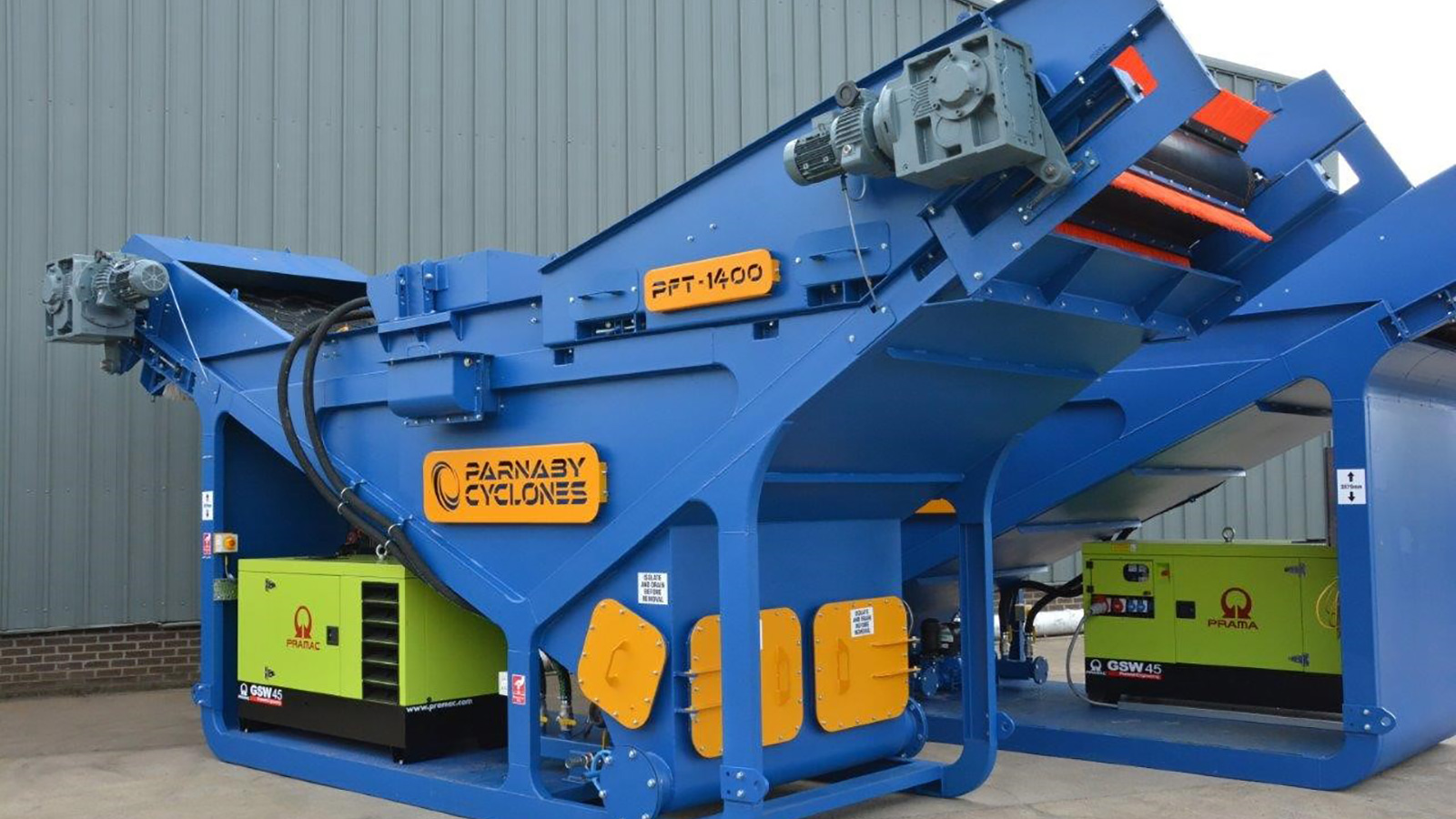 Another way to incorporate floating materials in the kitchen is by using
floating countertops
. These countertops are mounted onto the walls, giving the illusion that they are floating. This modern and minimalist design not only adds a unique touch to your kitchen but also creates an open and spacious feel. You can opt for materials such as granite, marble, or quartz for a luxurious look, or go for a more budget-friendly option like laminate or wood. Whichever material you choose,
floating countertops
are sure to elevate the design of your kitchen.
Incorporating materials that float and sink into your kitchen design adds a unique and creative element to your space. It not only enhances the functionality of your kitchen but also adds an interesting aesthetic appeal. So, consider incorporating some of these materials into your kitchen design and see the difference it can make.
Another way to incorporate floating materials in the kitchen is by using
floating countertops
. These countertops are mounted onto the walls, giving the illusion that they are floating. This modern and minimalist design not only adds a unique touch to your kitchen but also creates an open and spacious feel. You can opt for materials such as granite, marble, or quartz for a luxurious look, or go for a more budget-friendly option like laminate or wood. Whichever material you choose,
floating countertops
are sure to elevate the design of your kitchen.
Incorporating materials that float and sink into your kitchen design adds a unique and creative element to your space. It not only enhances the functionality of your kitchen but also adds an interesting aesthetic appeal. So, consider incorporating some of these materials into your kitchen design and see the difference it can make.



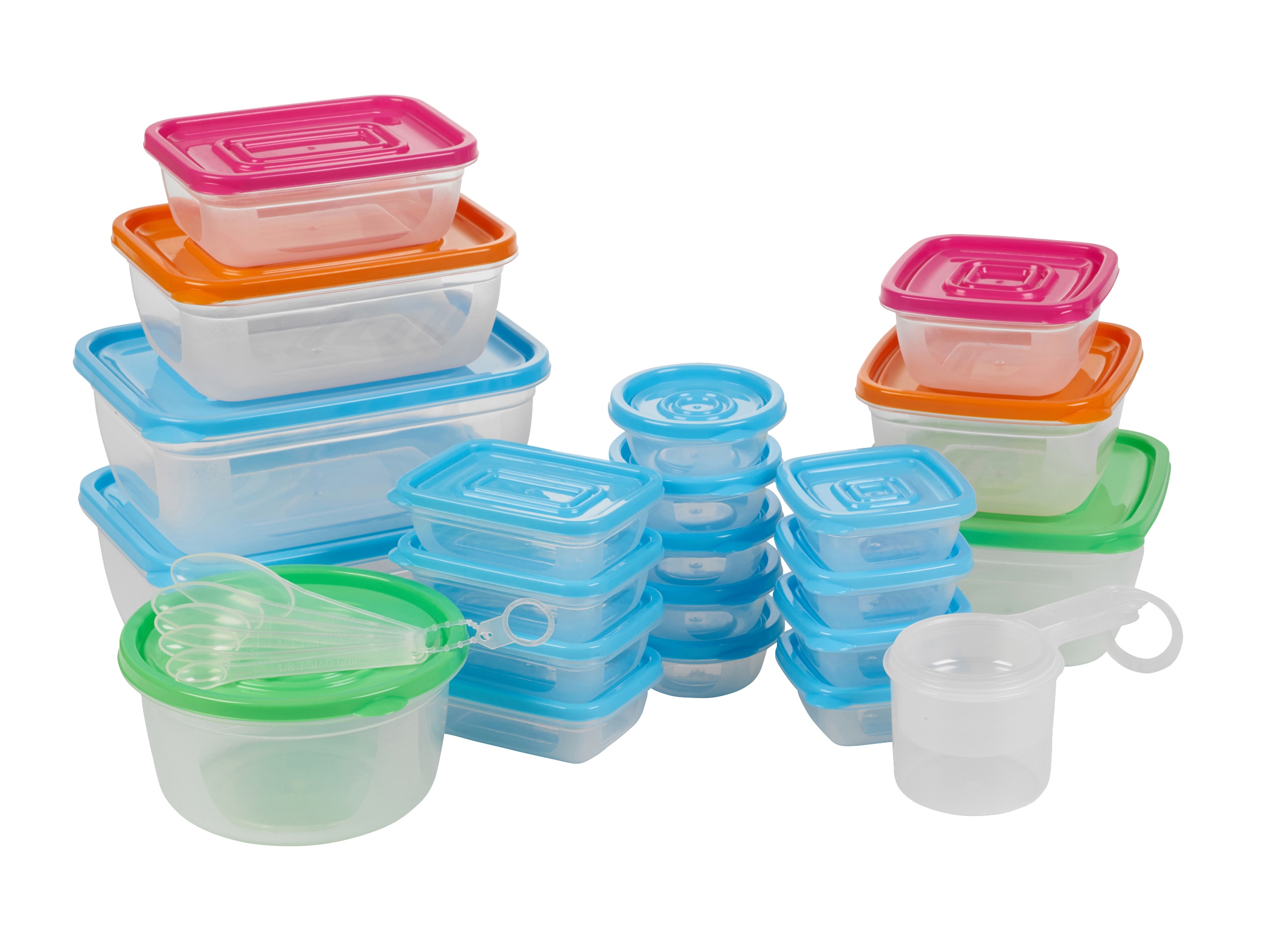



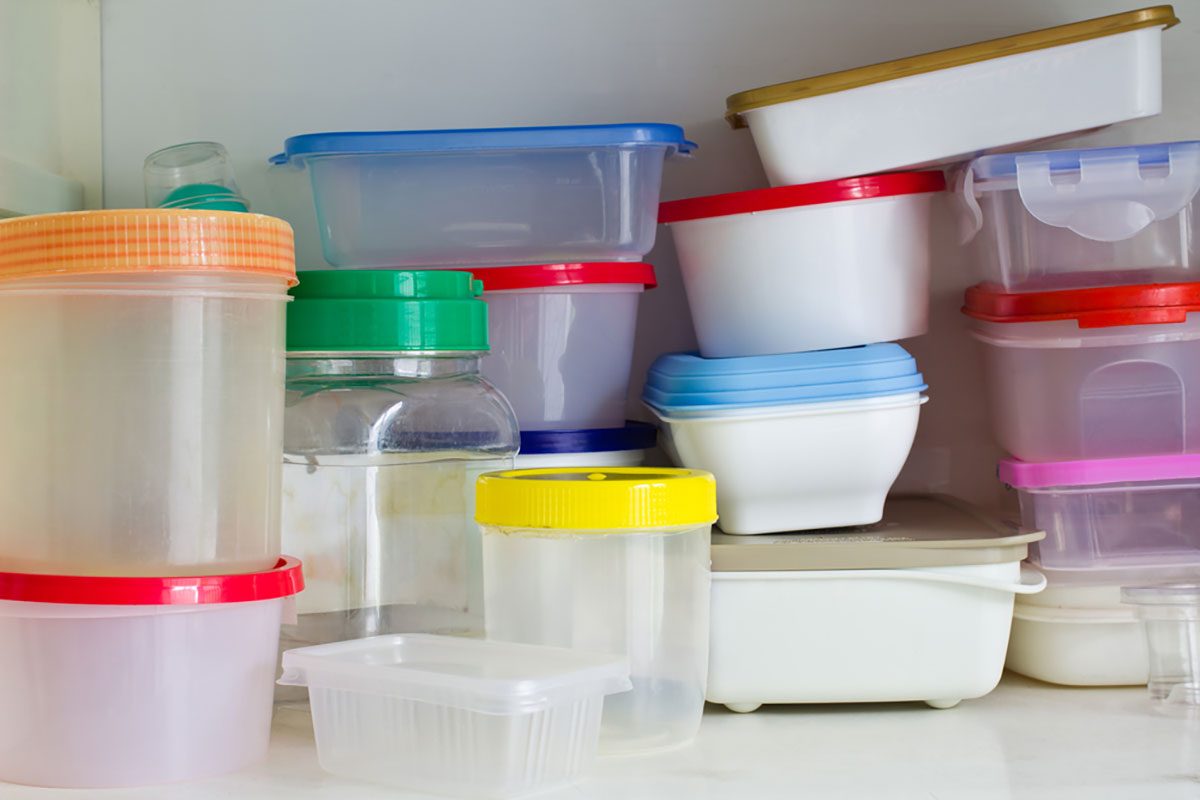


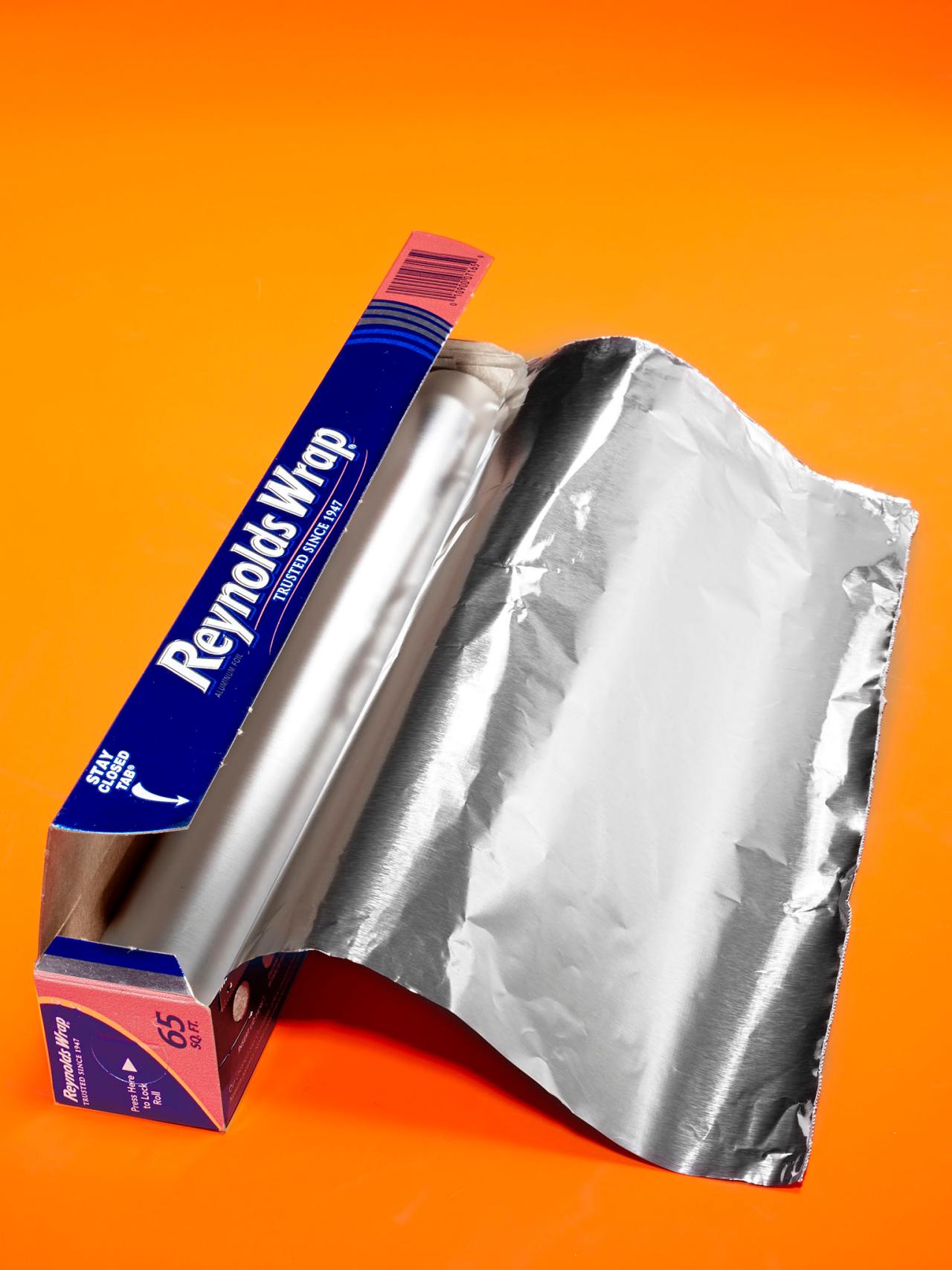
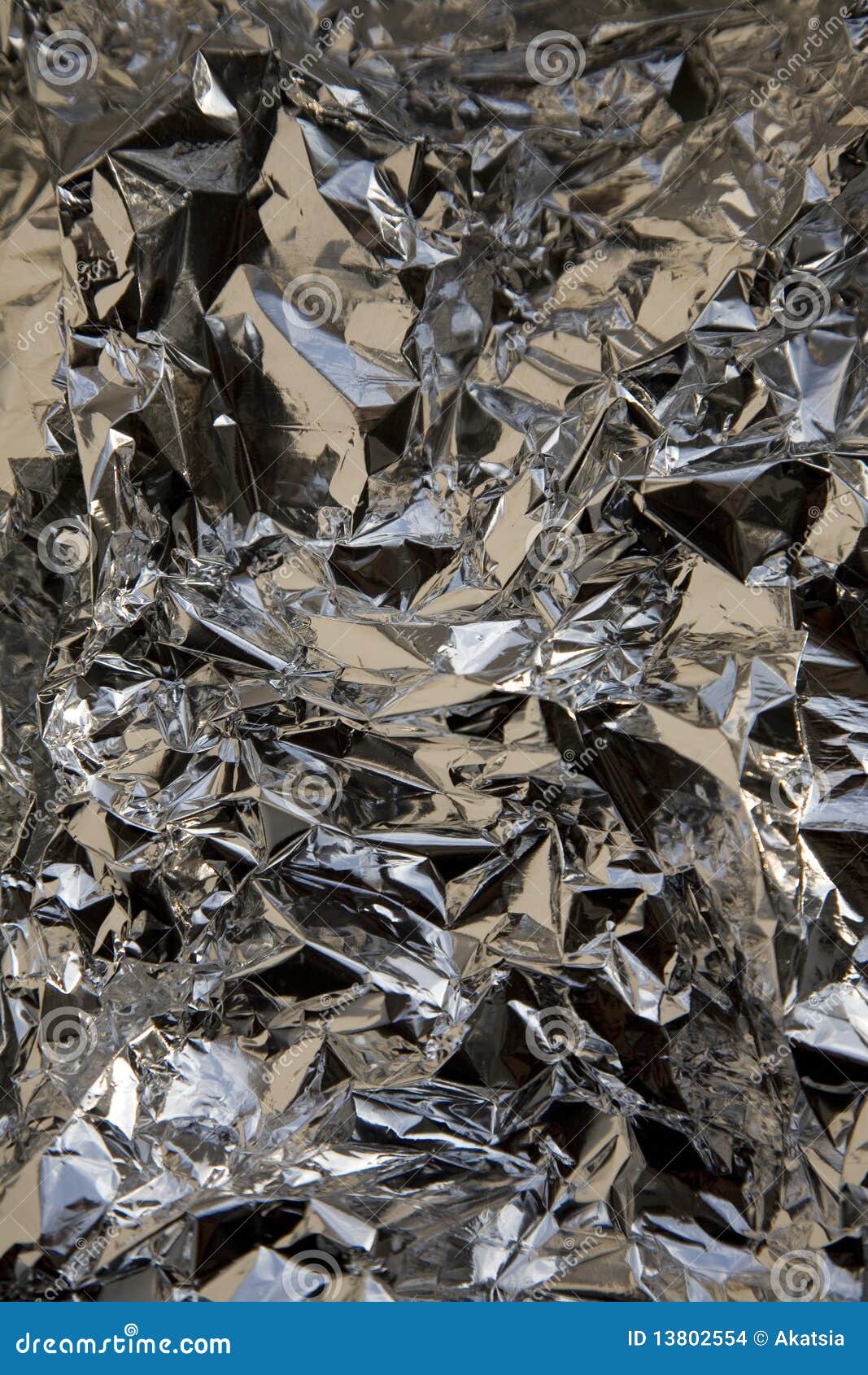

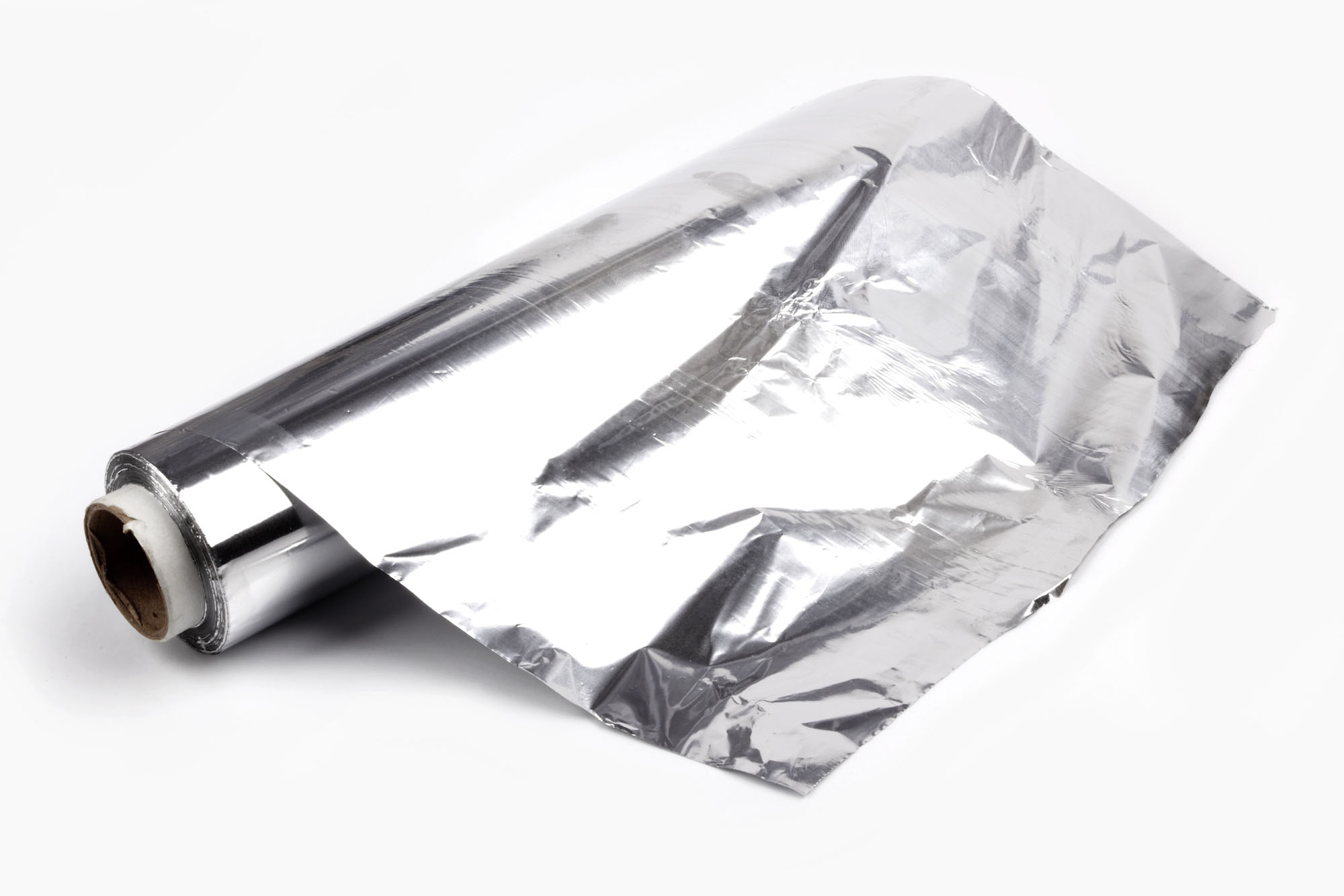


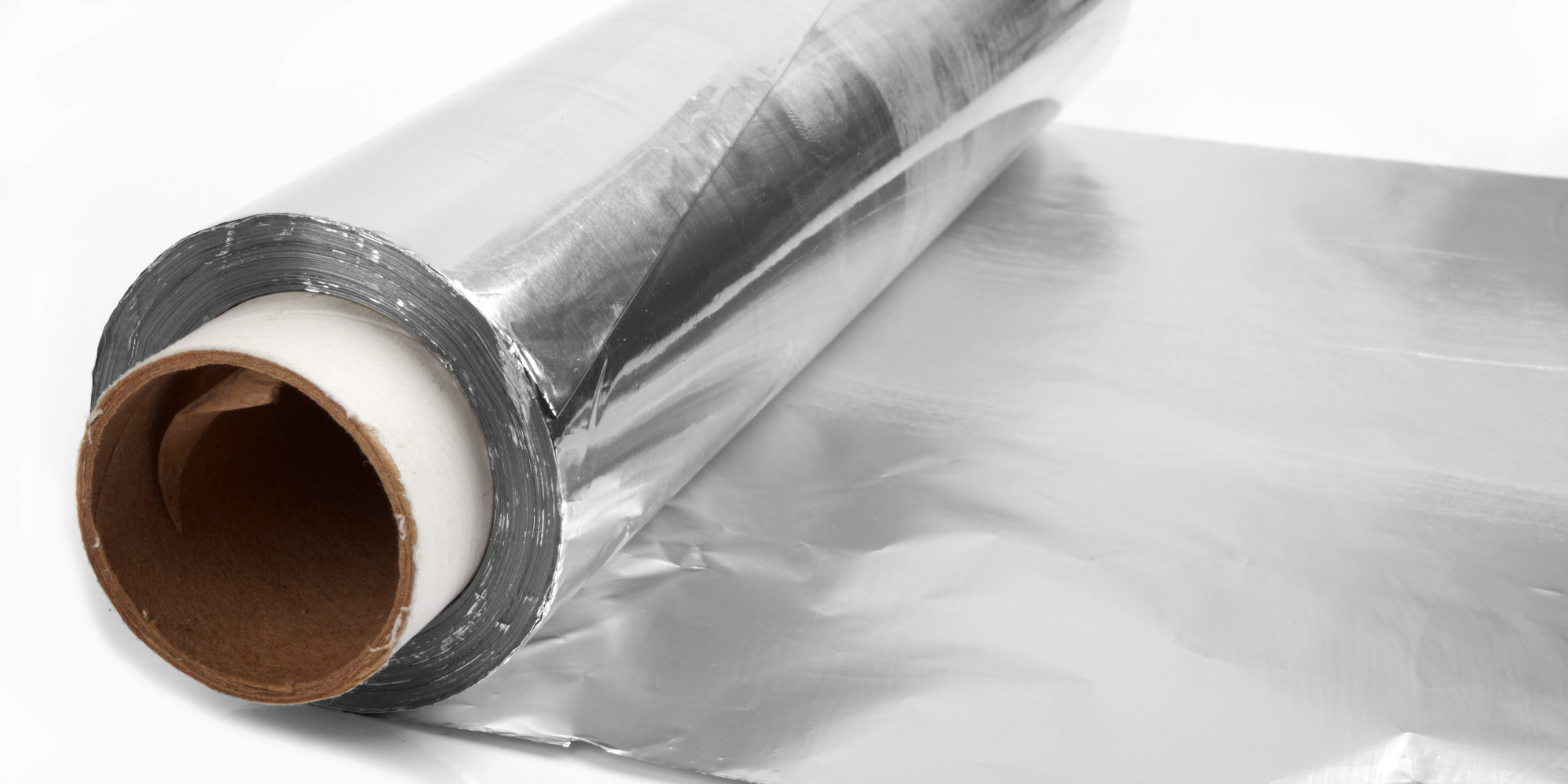
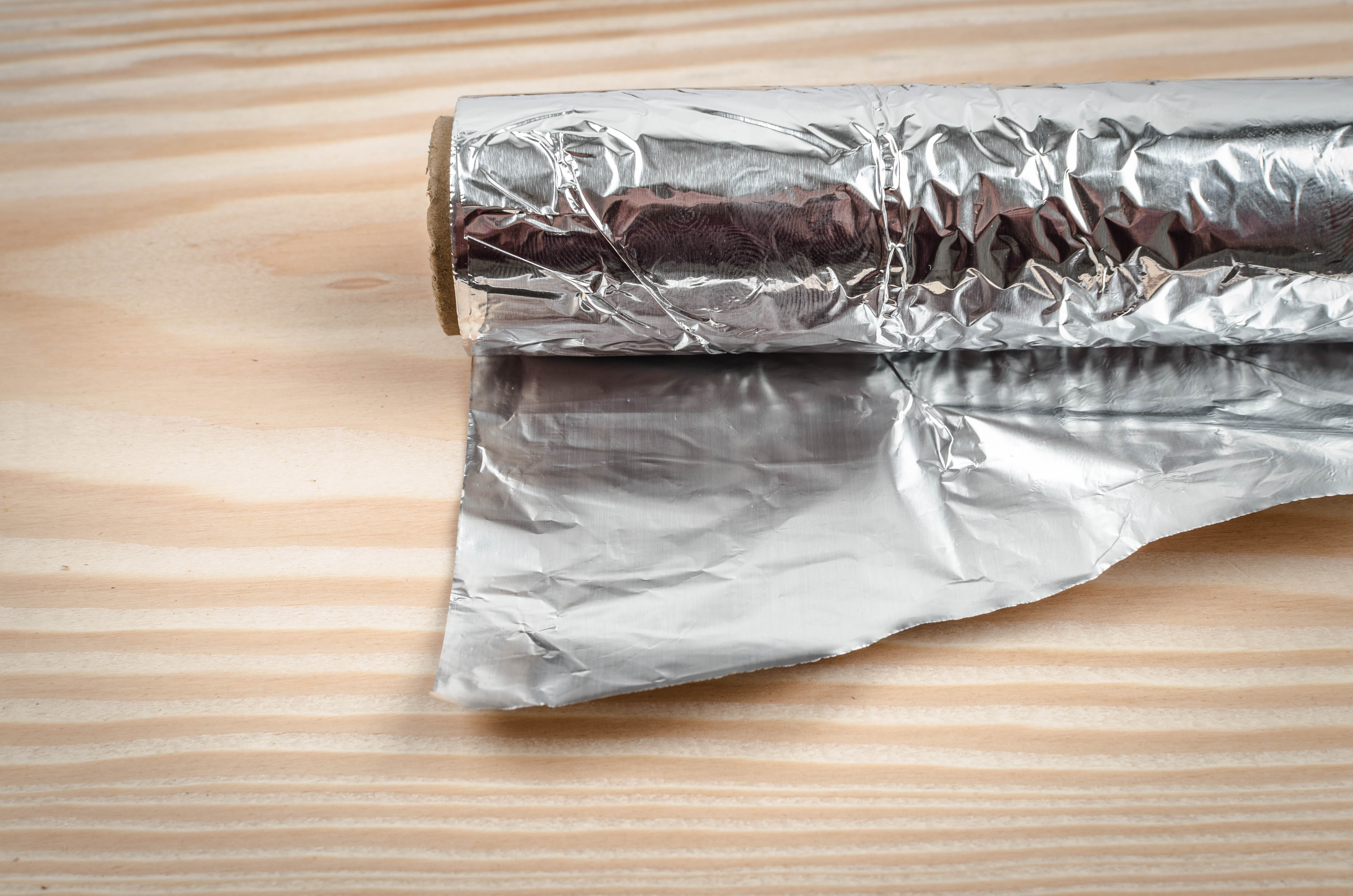
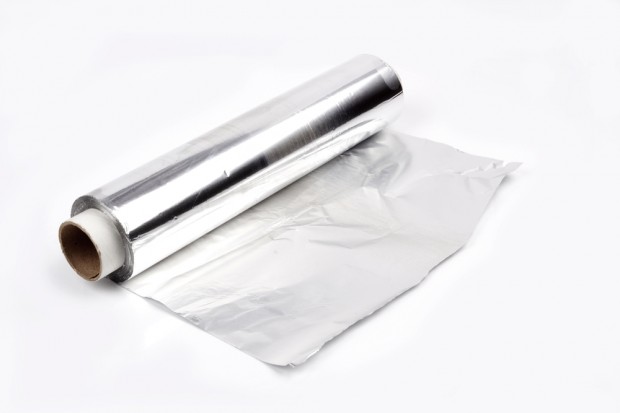



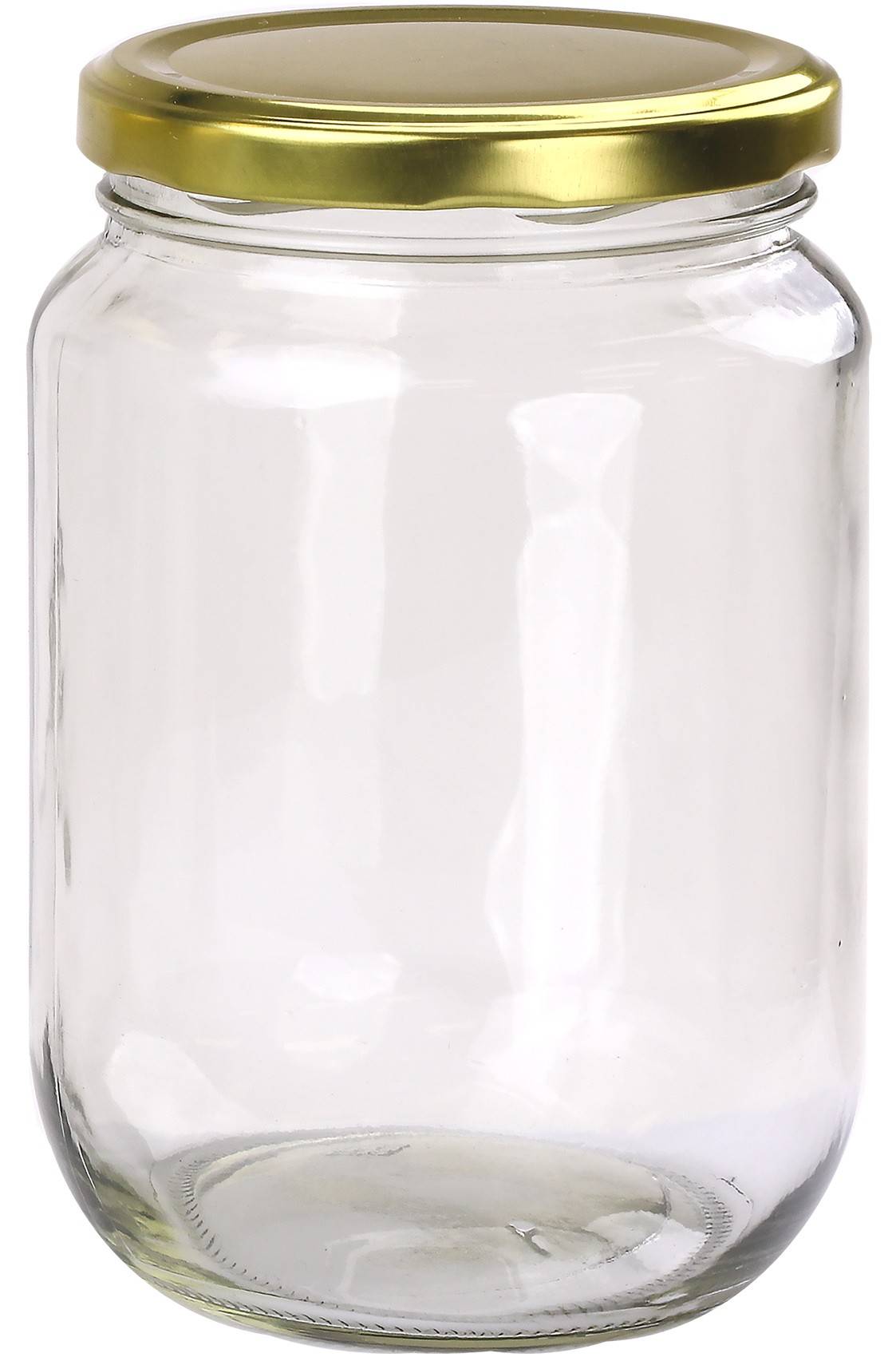











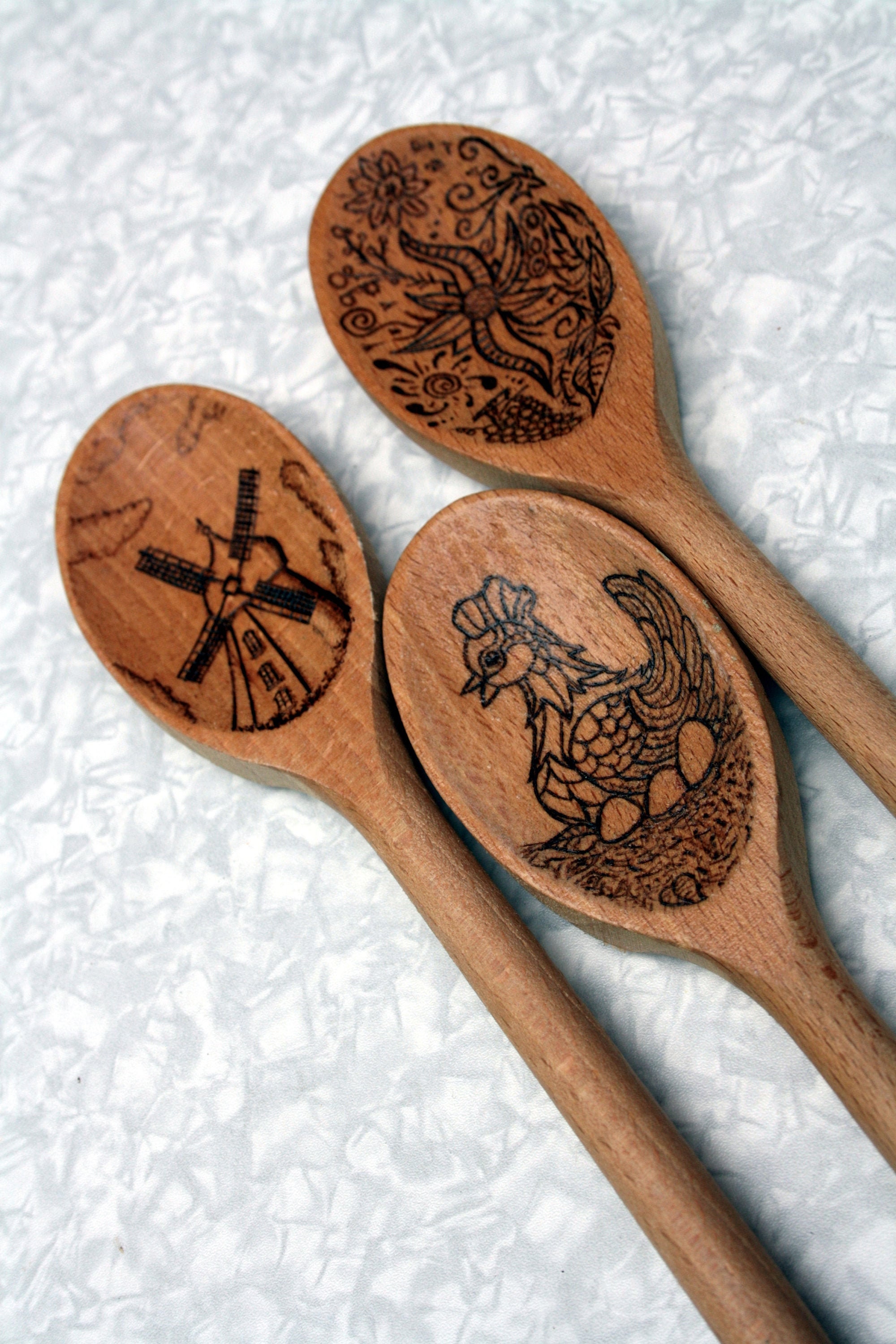

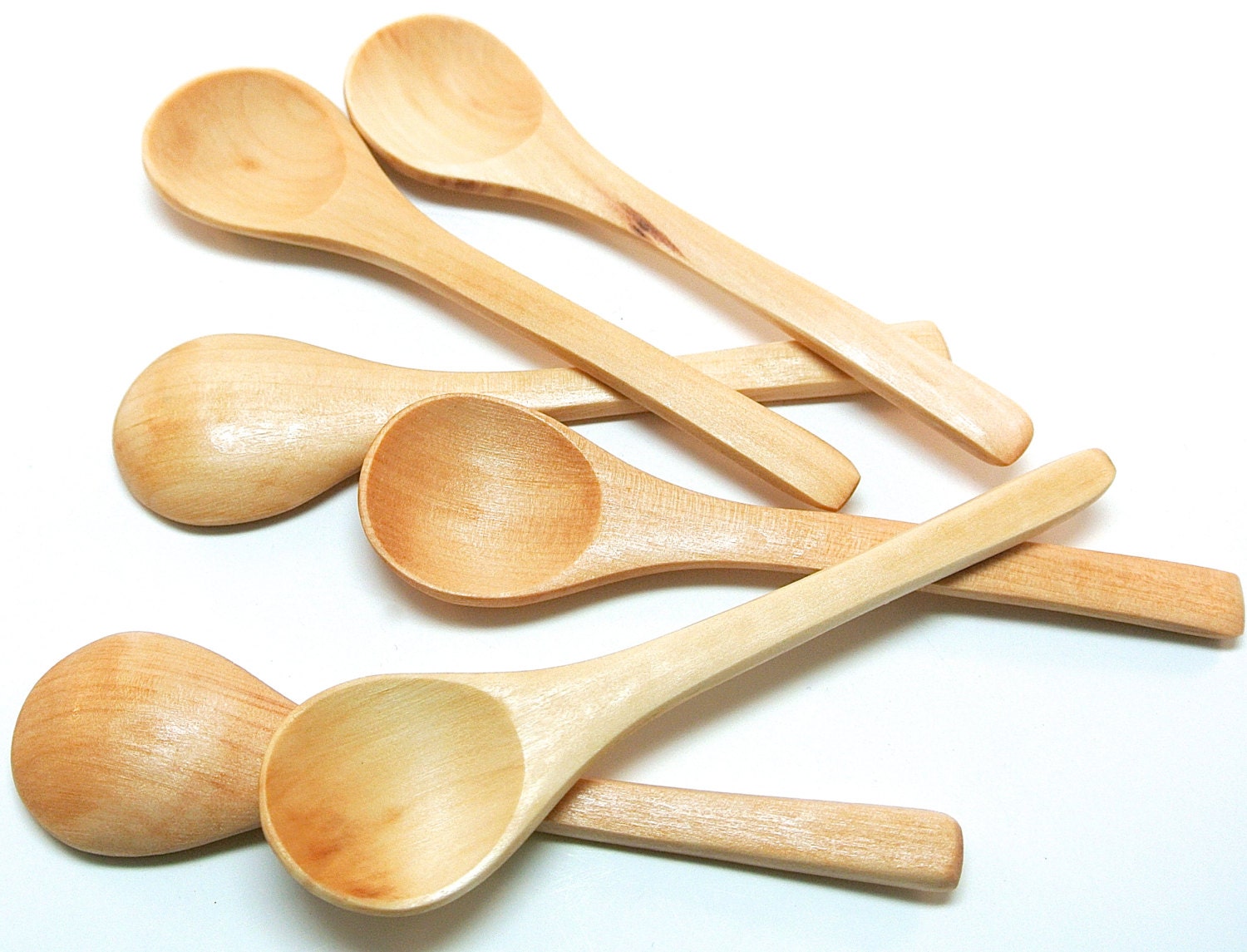


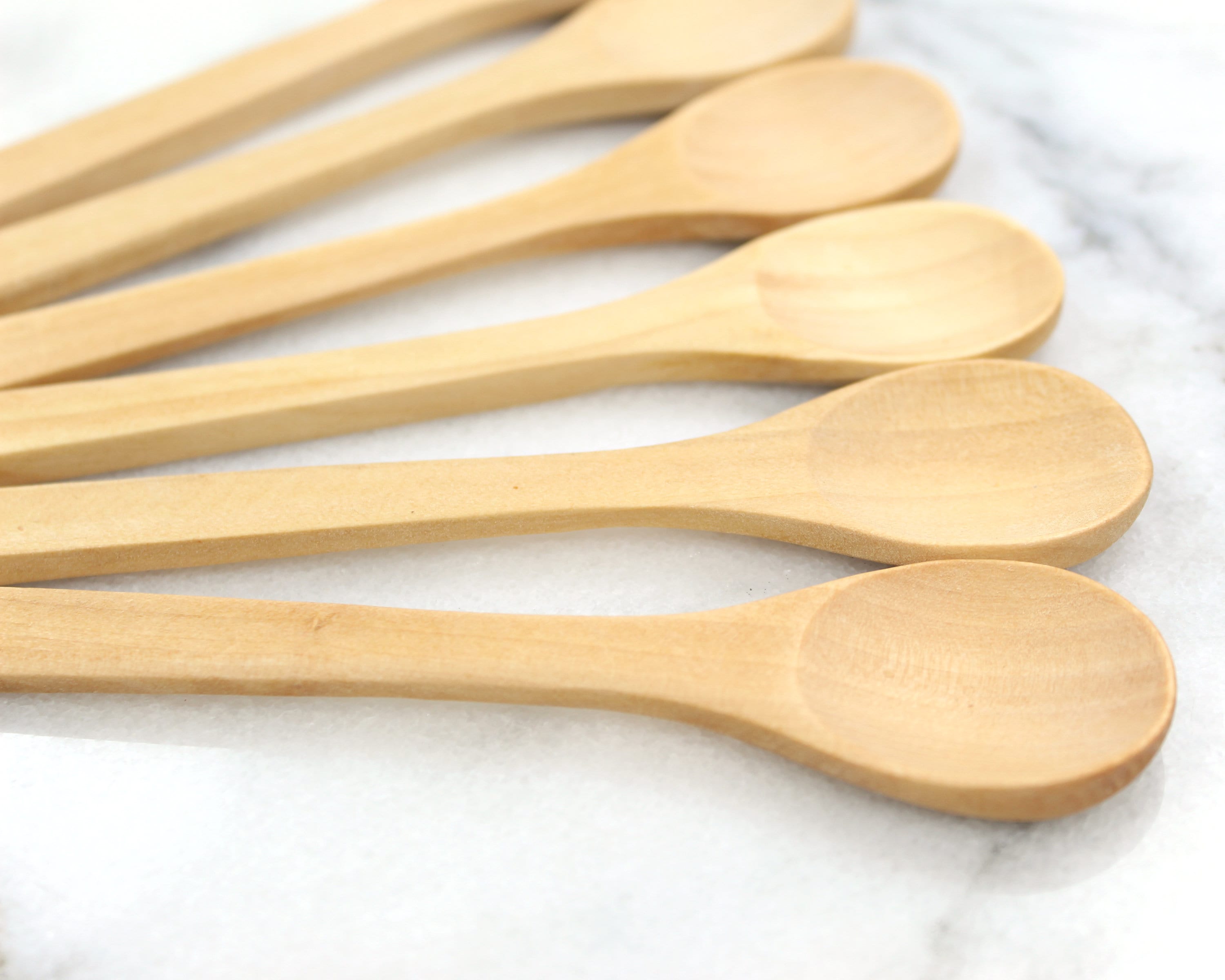

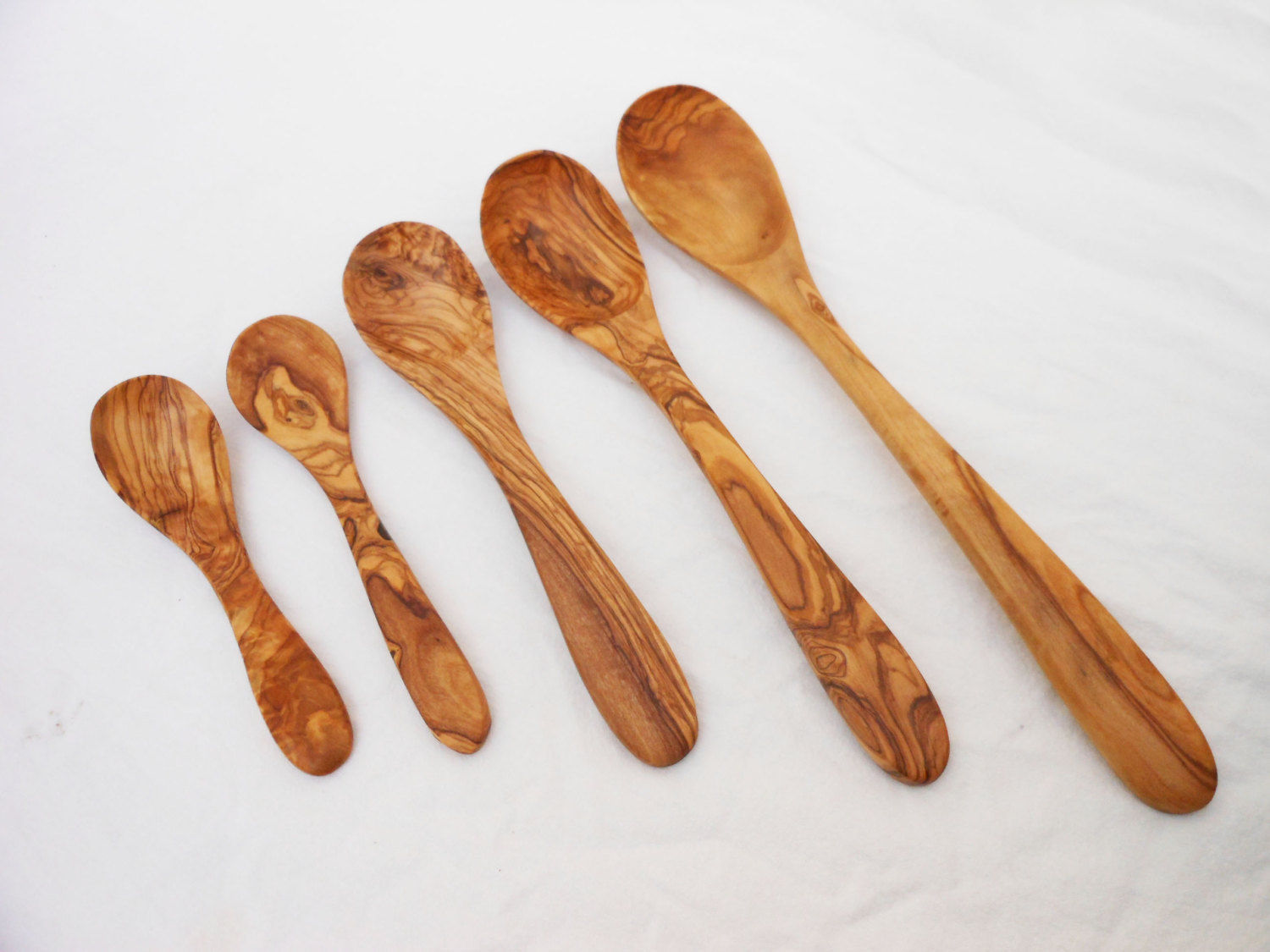




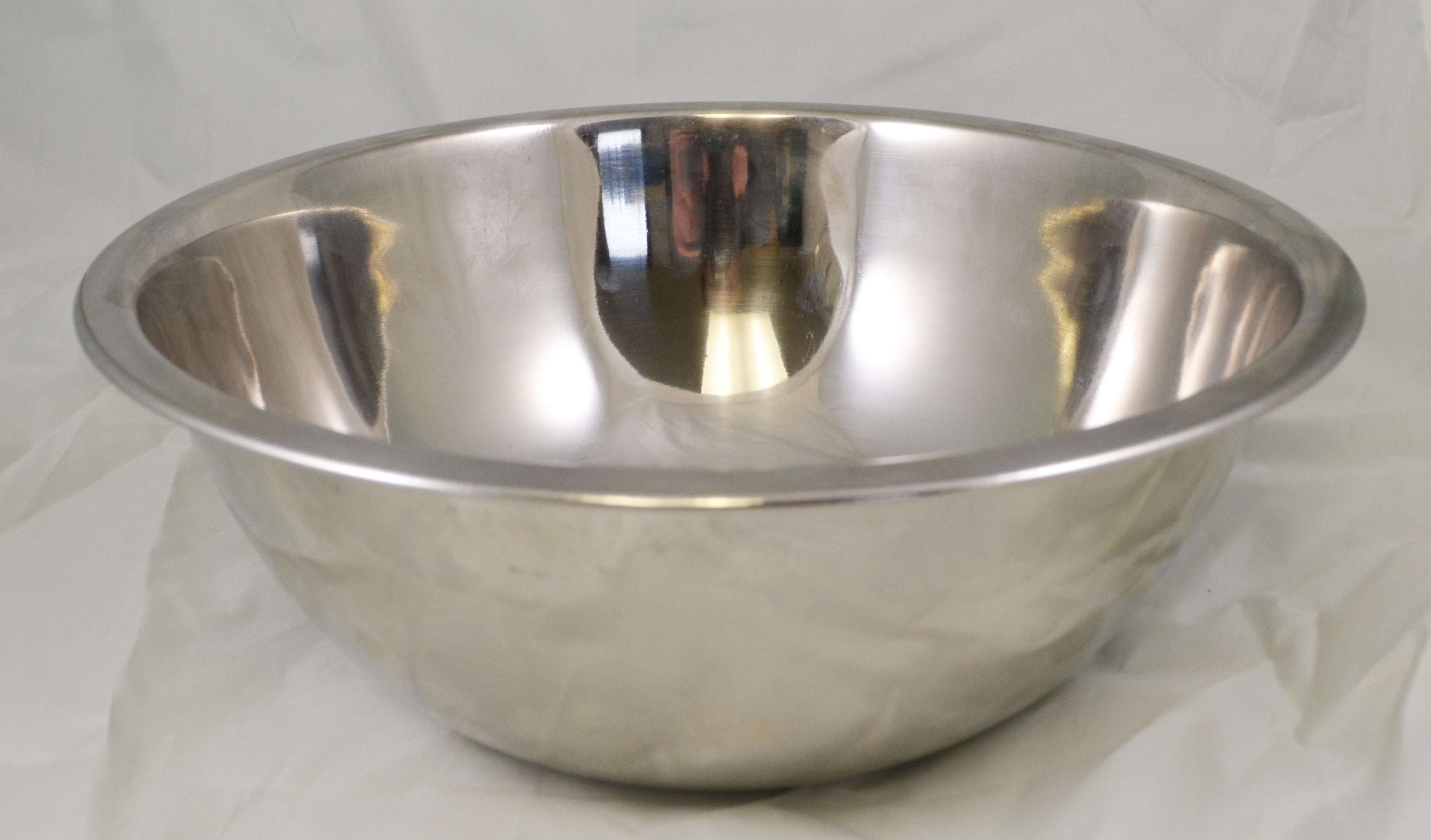


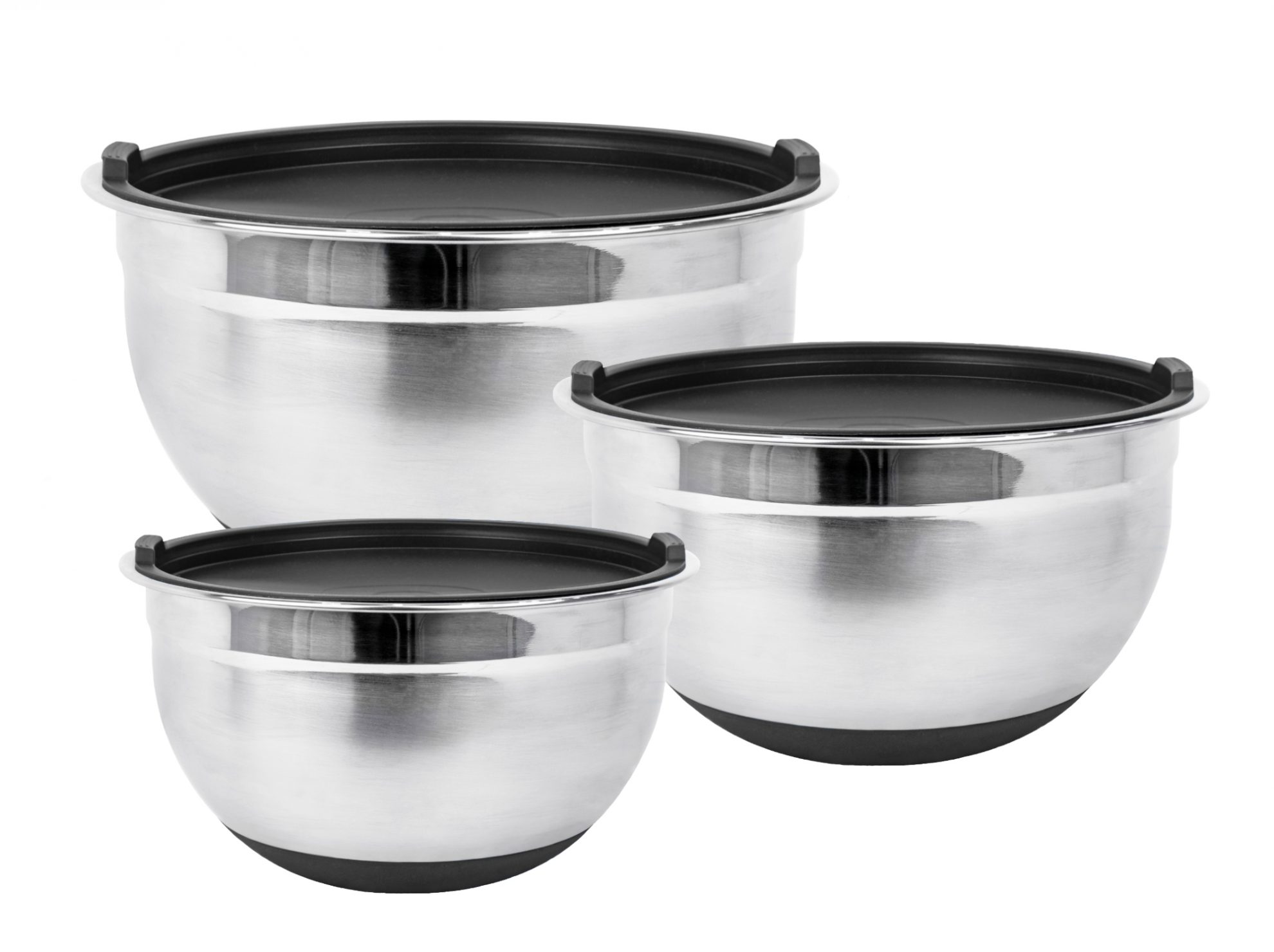
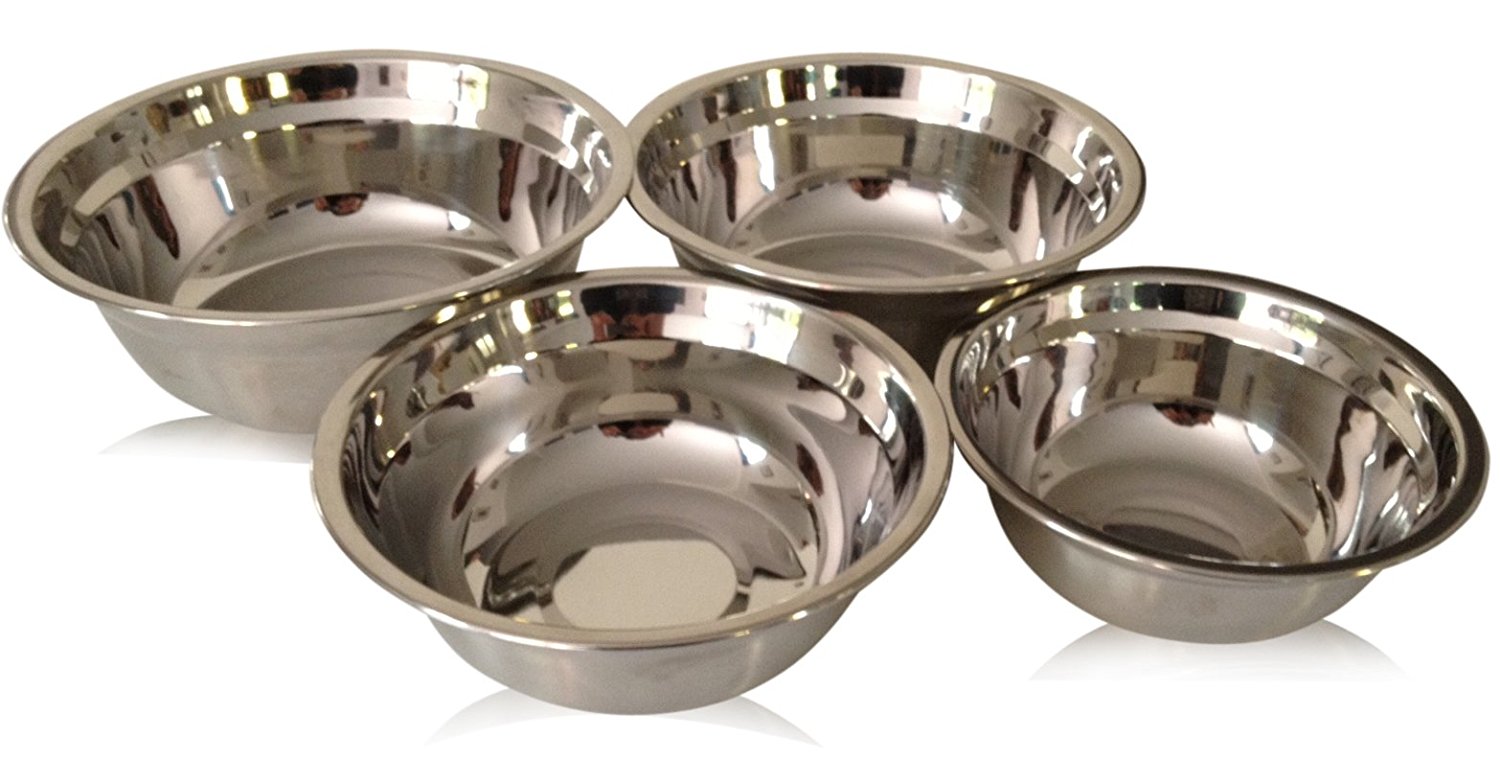

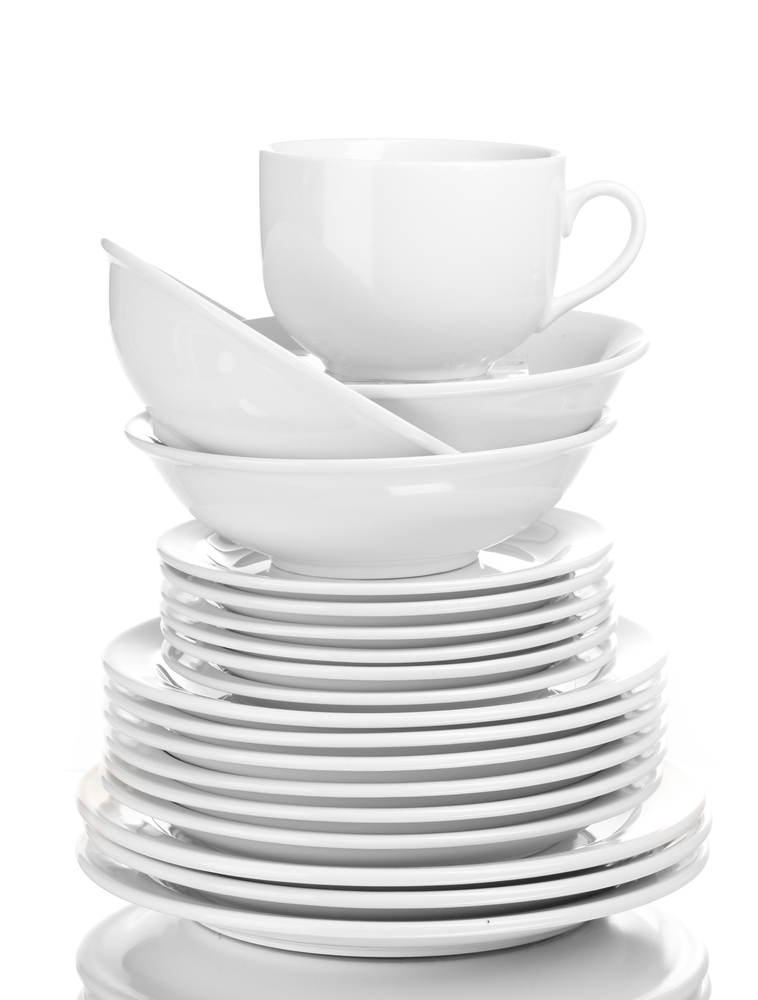



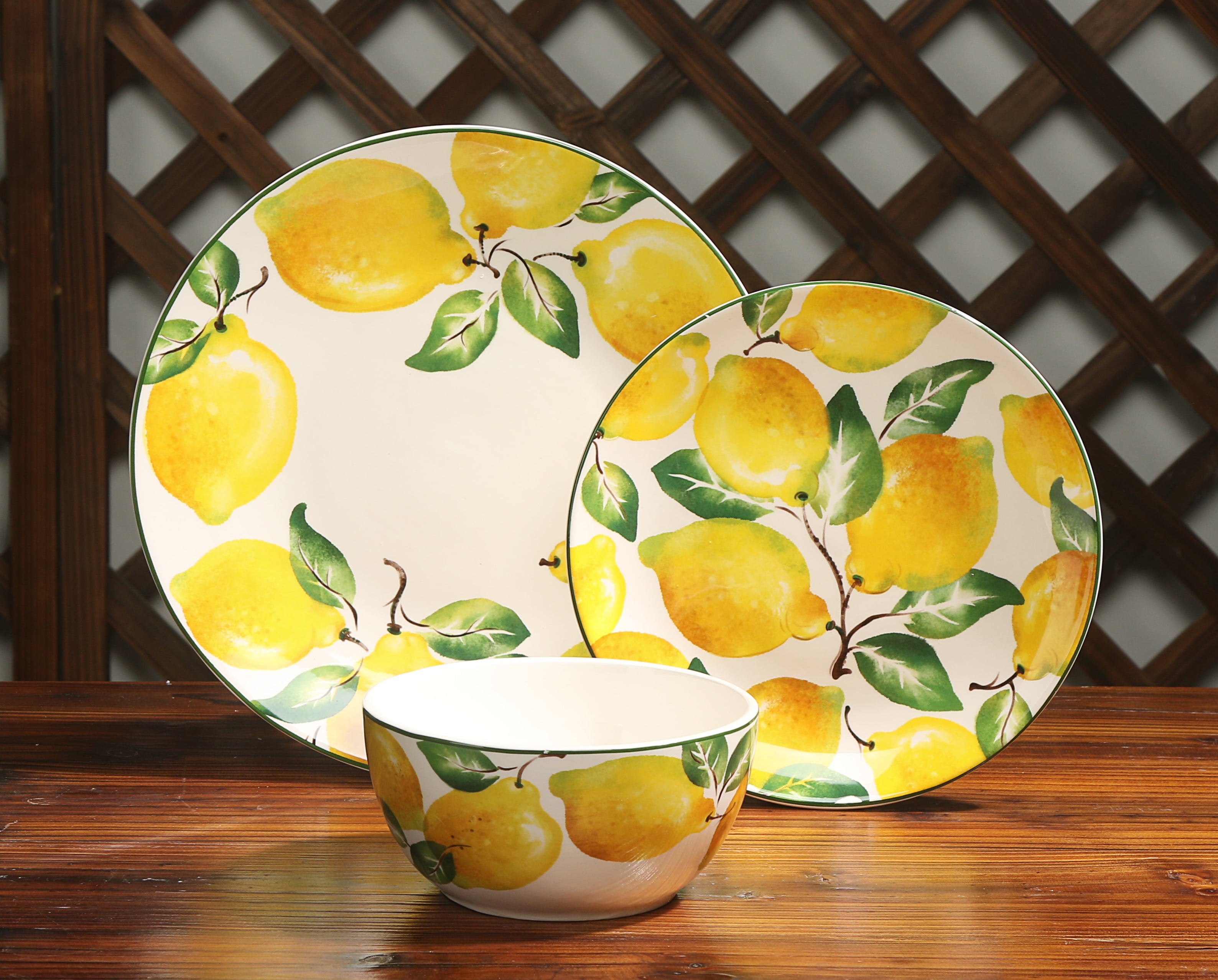
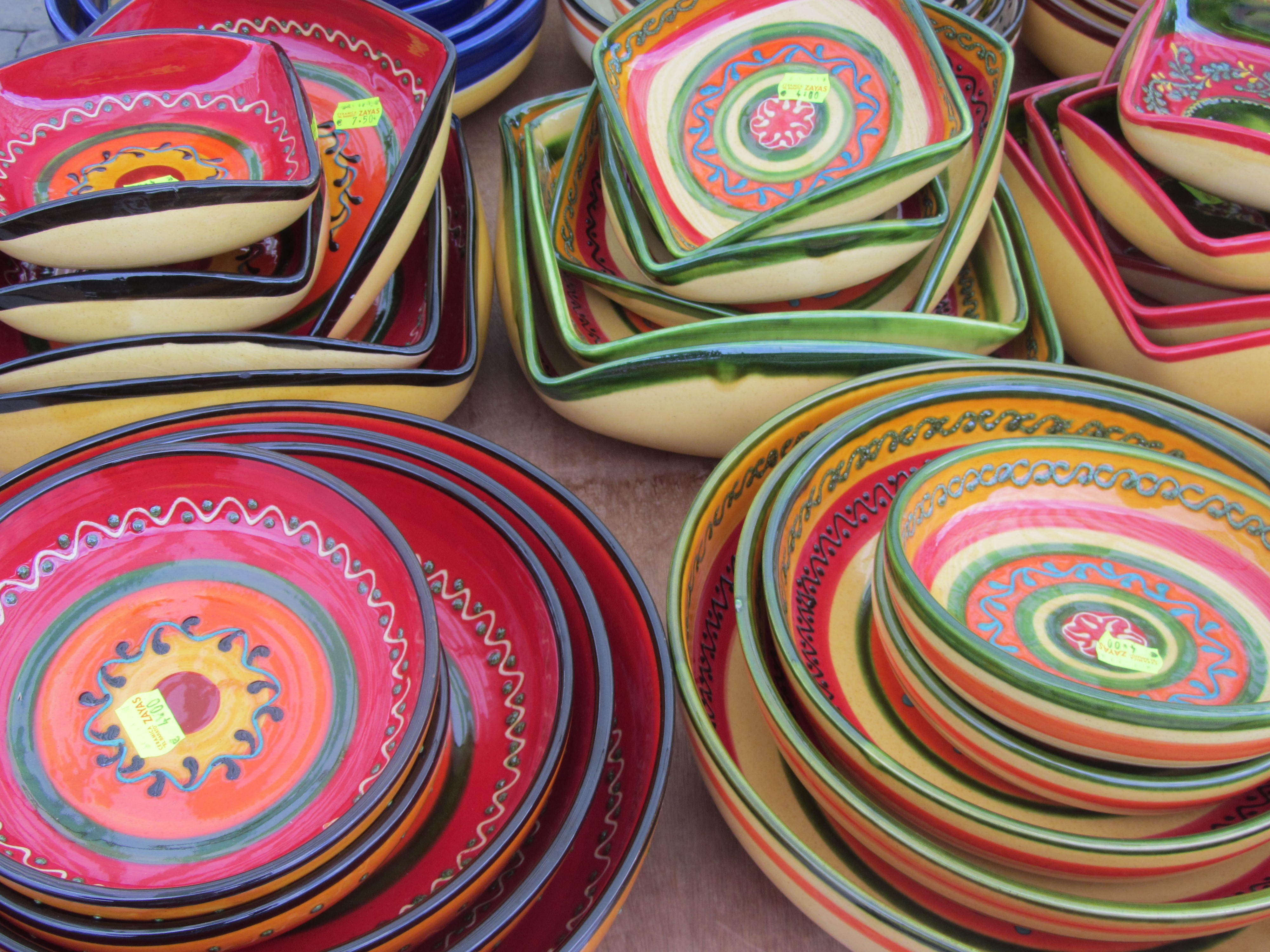


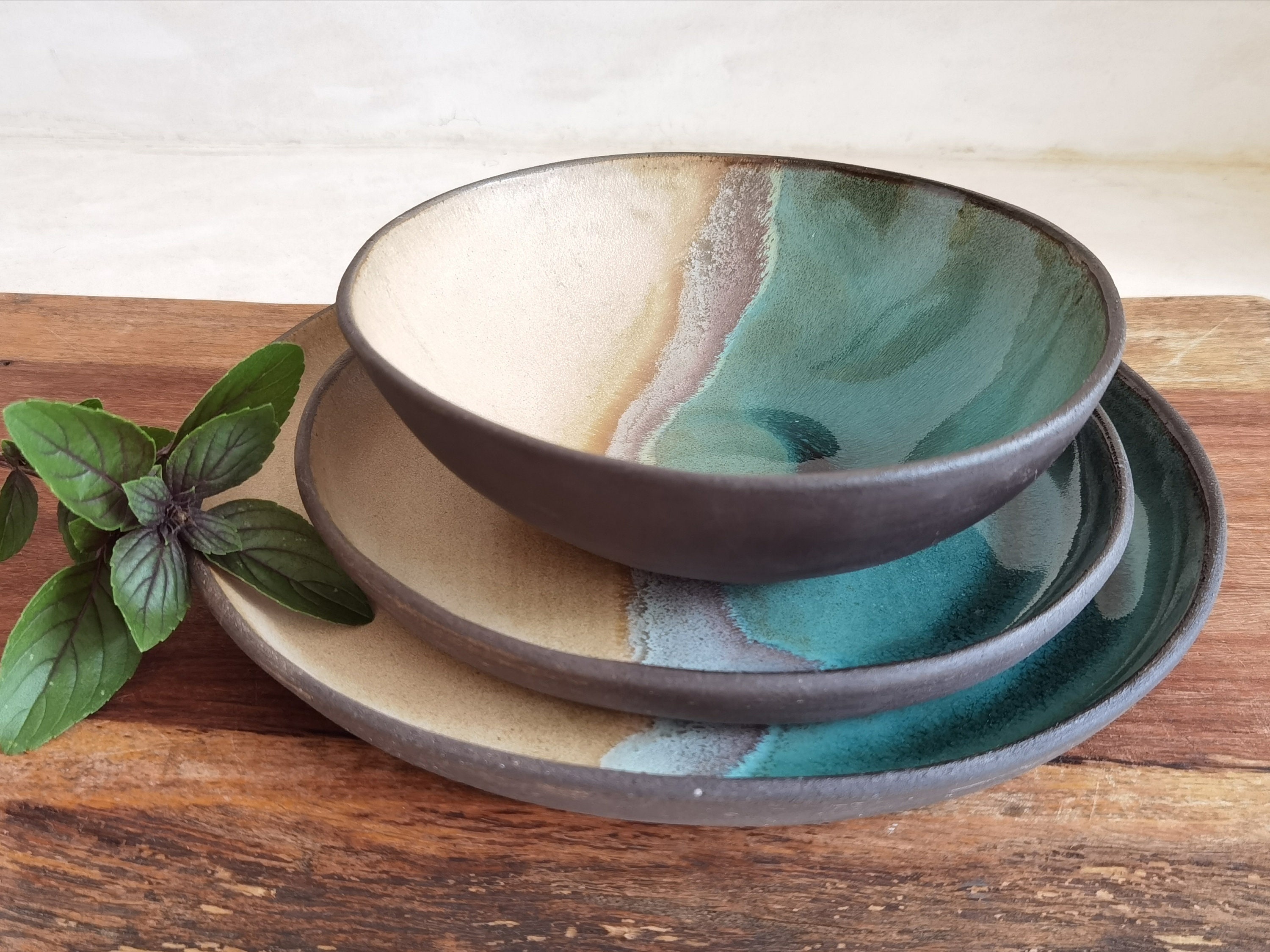
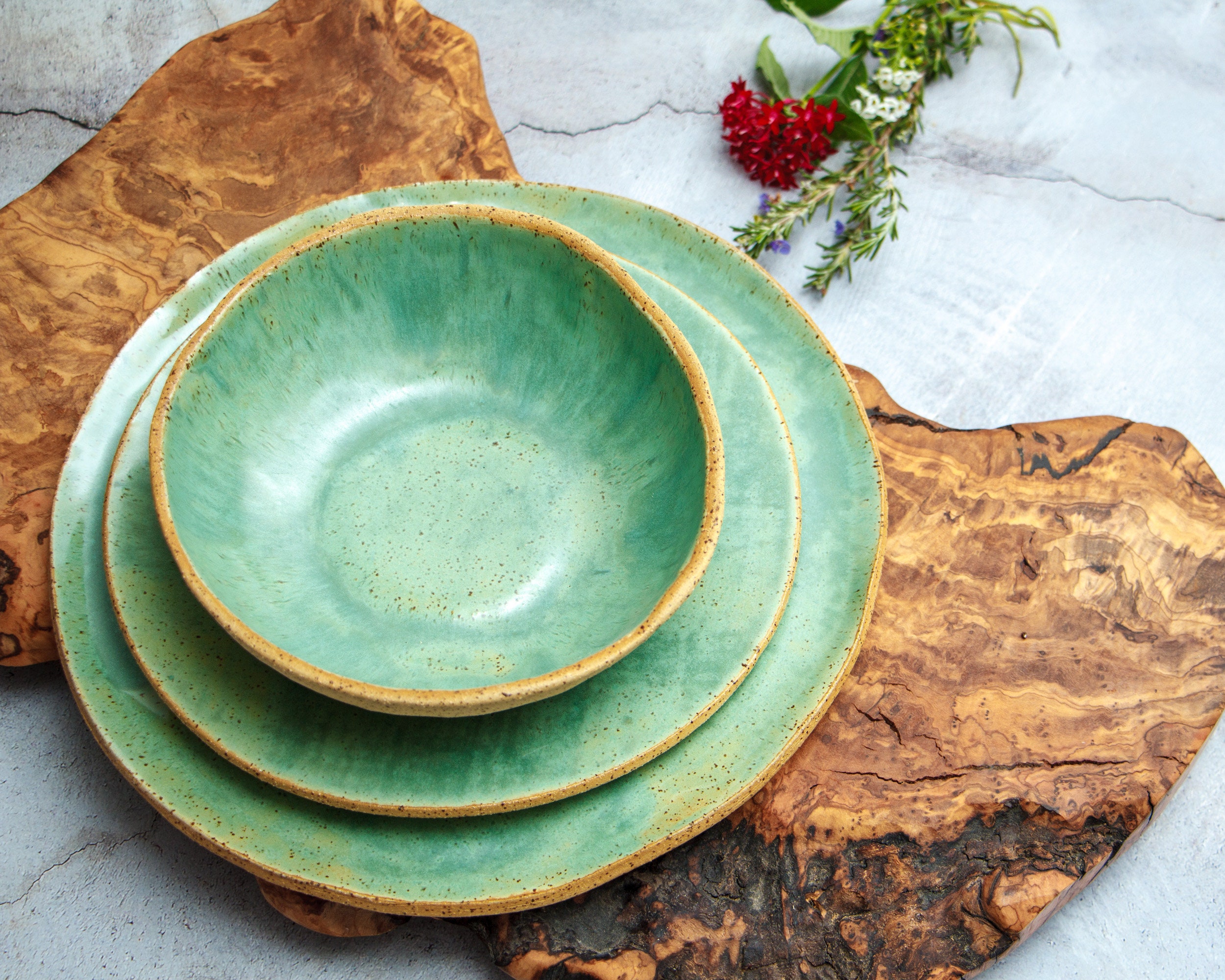
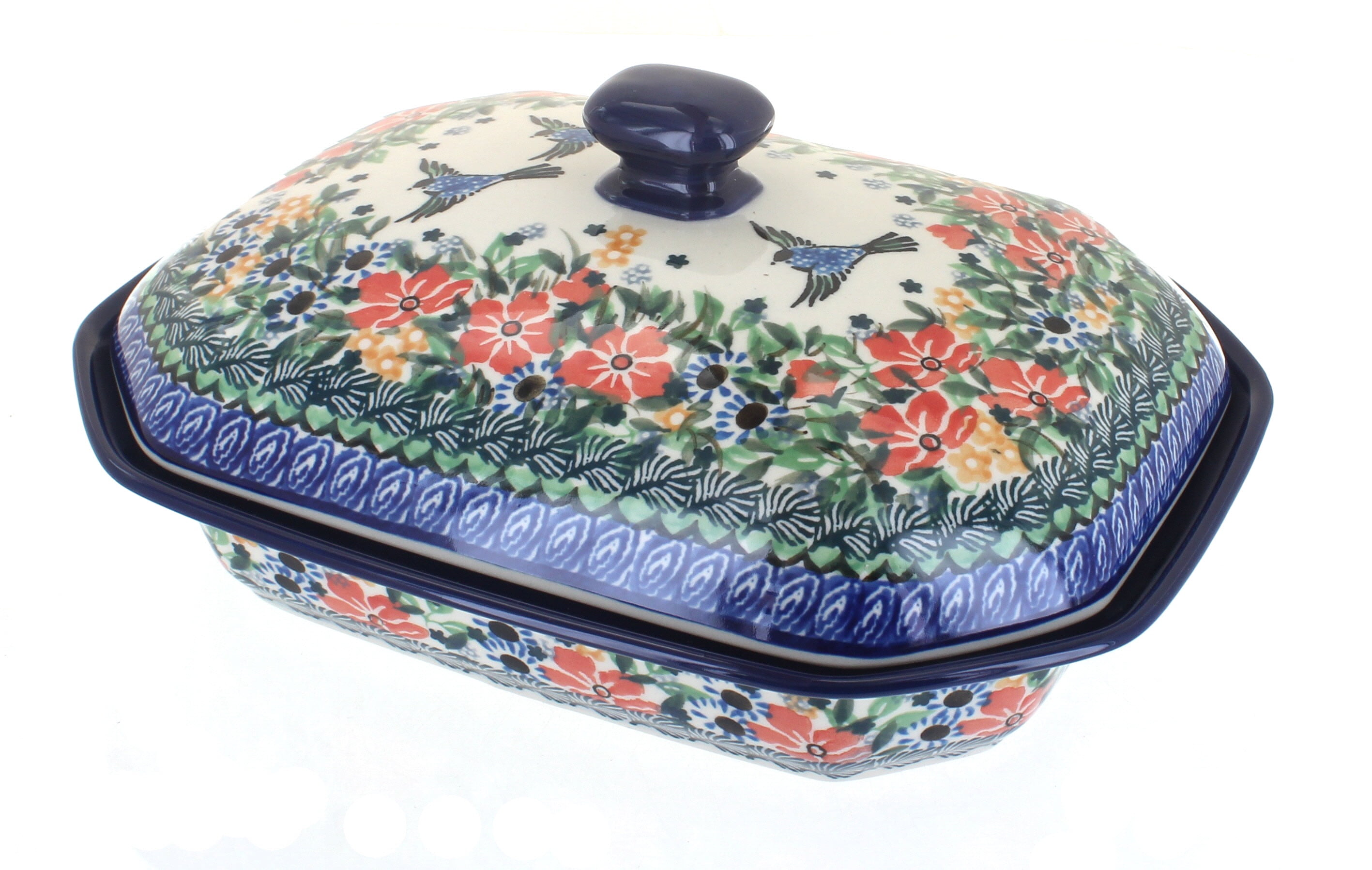


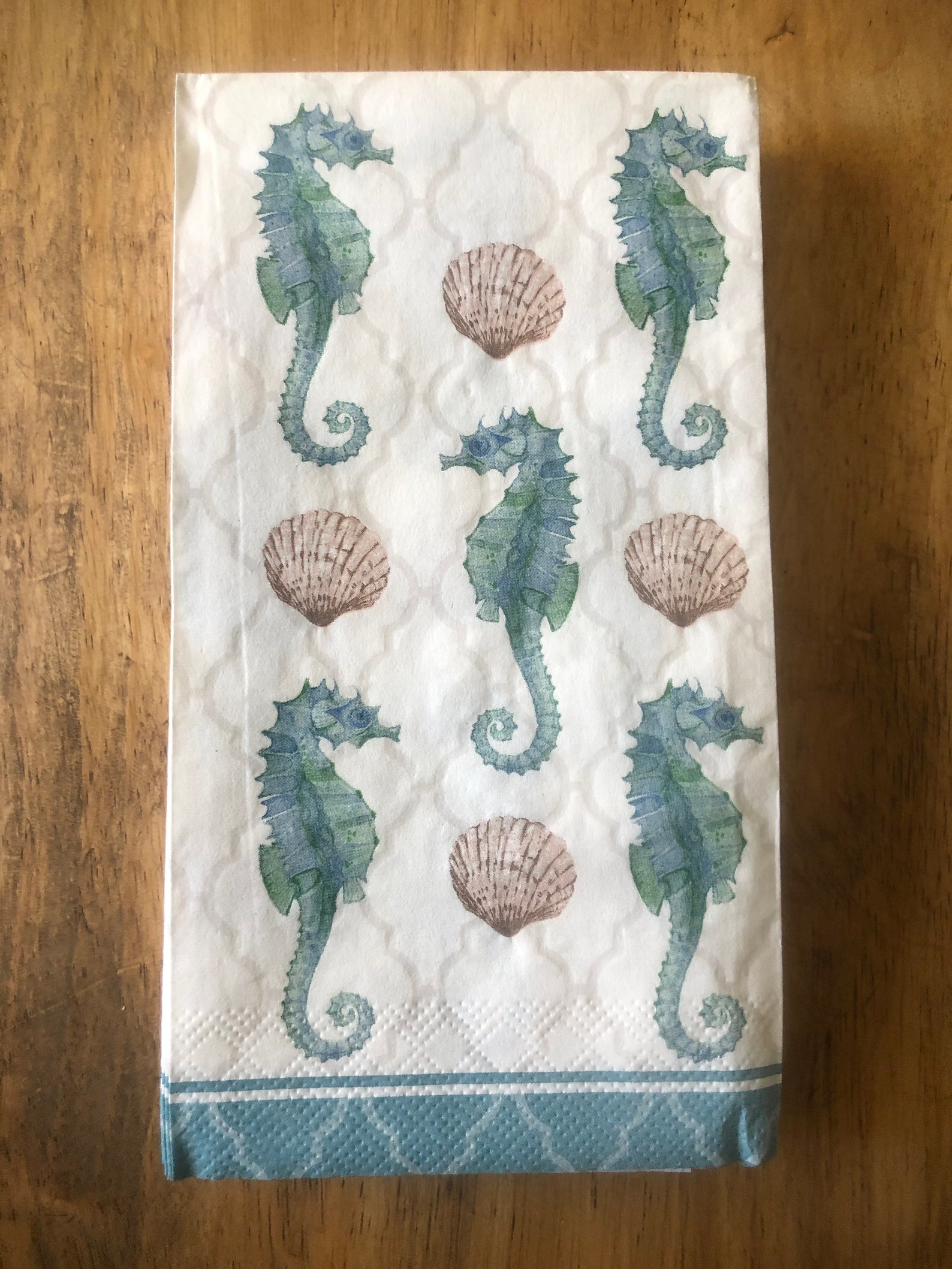
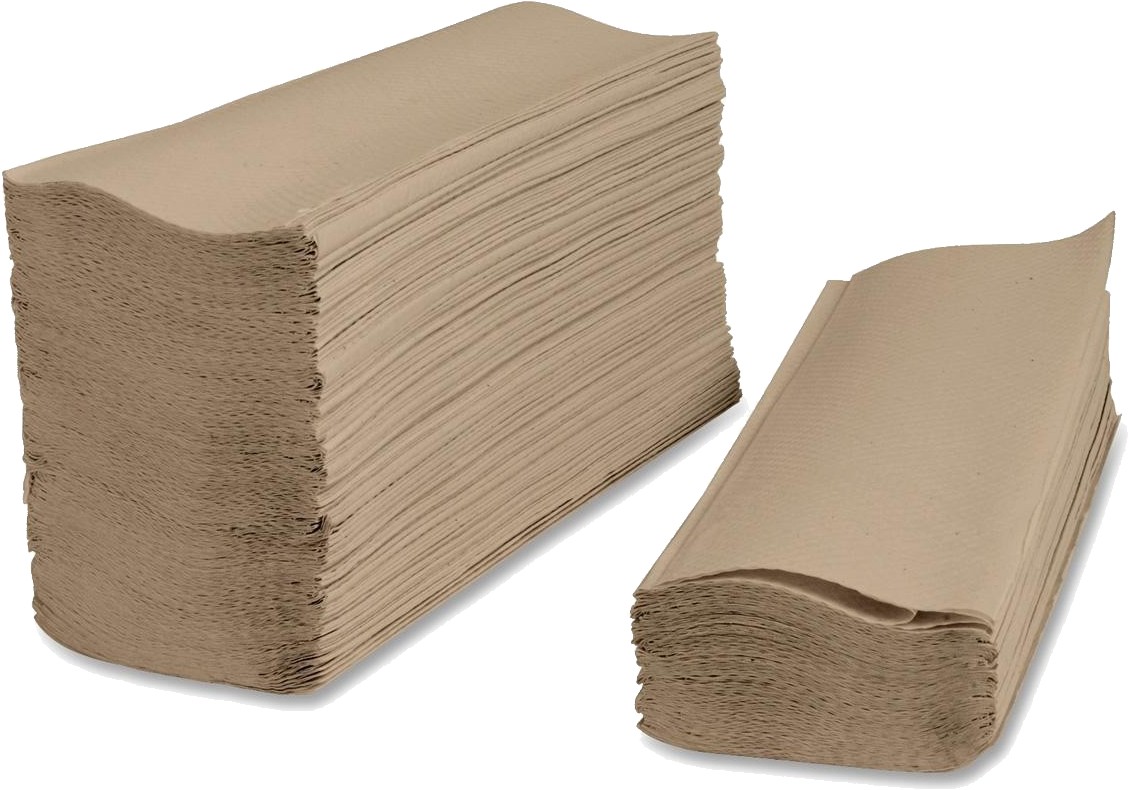


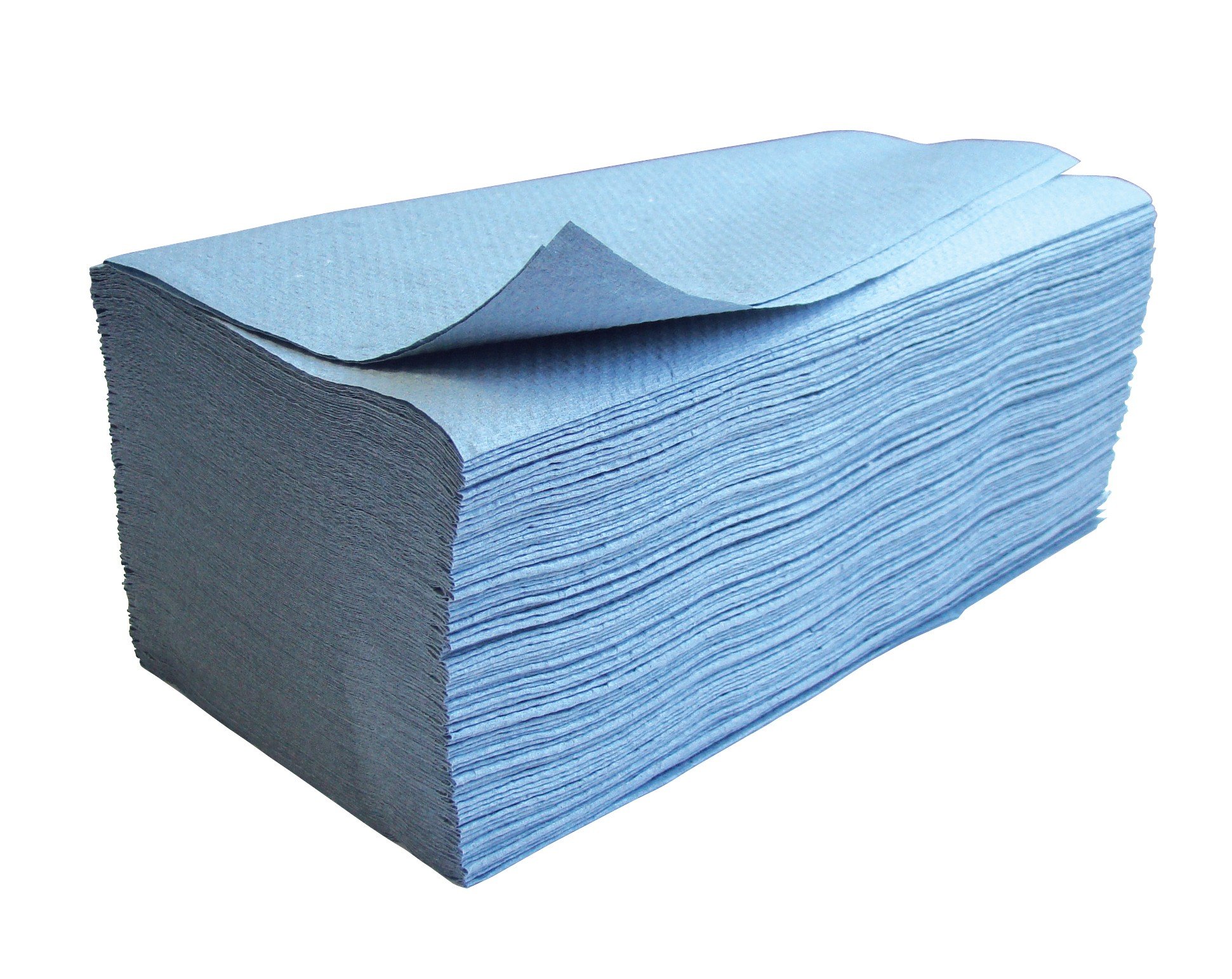
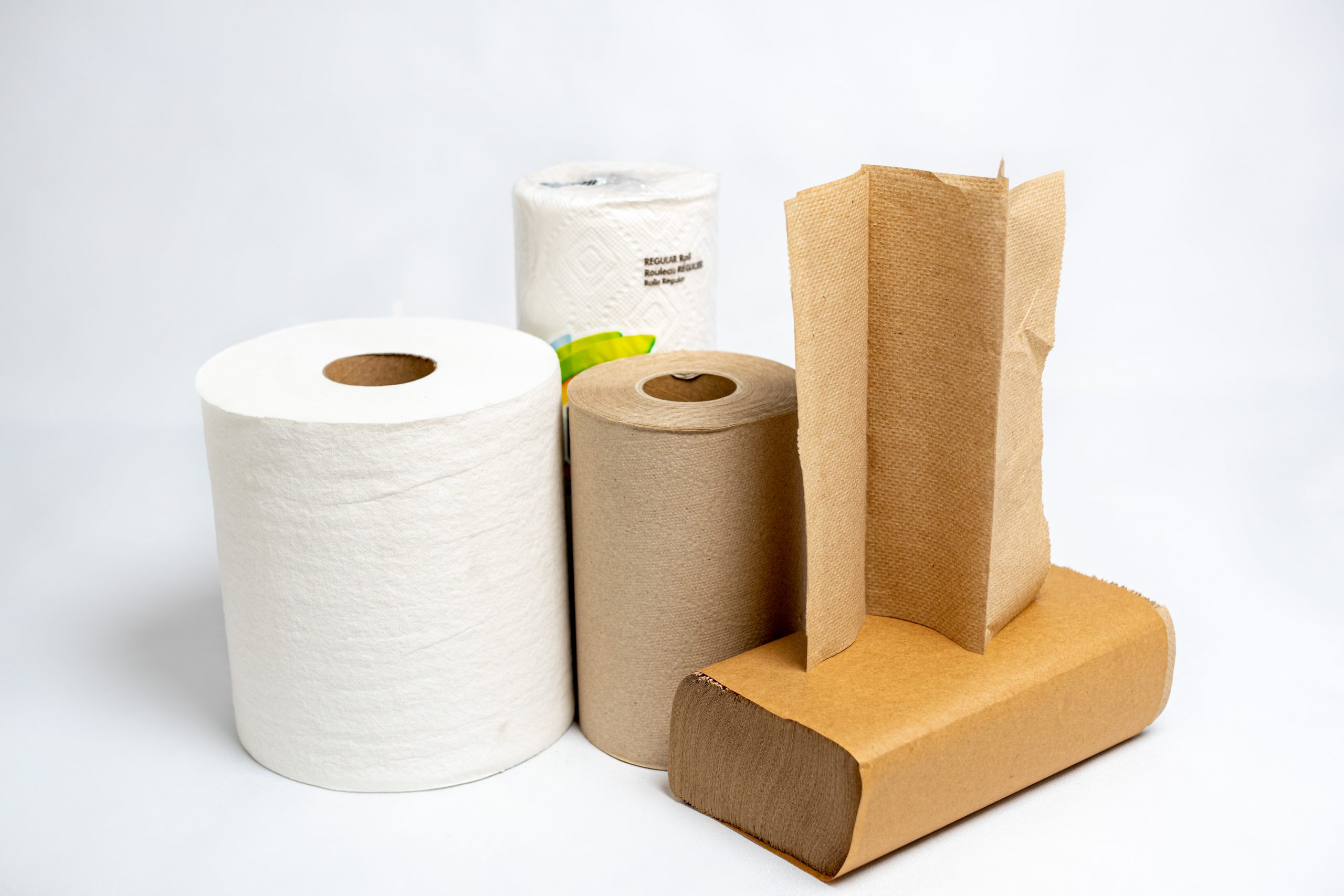







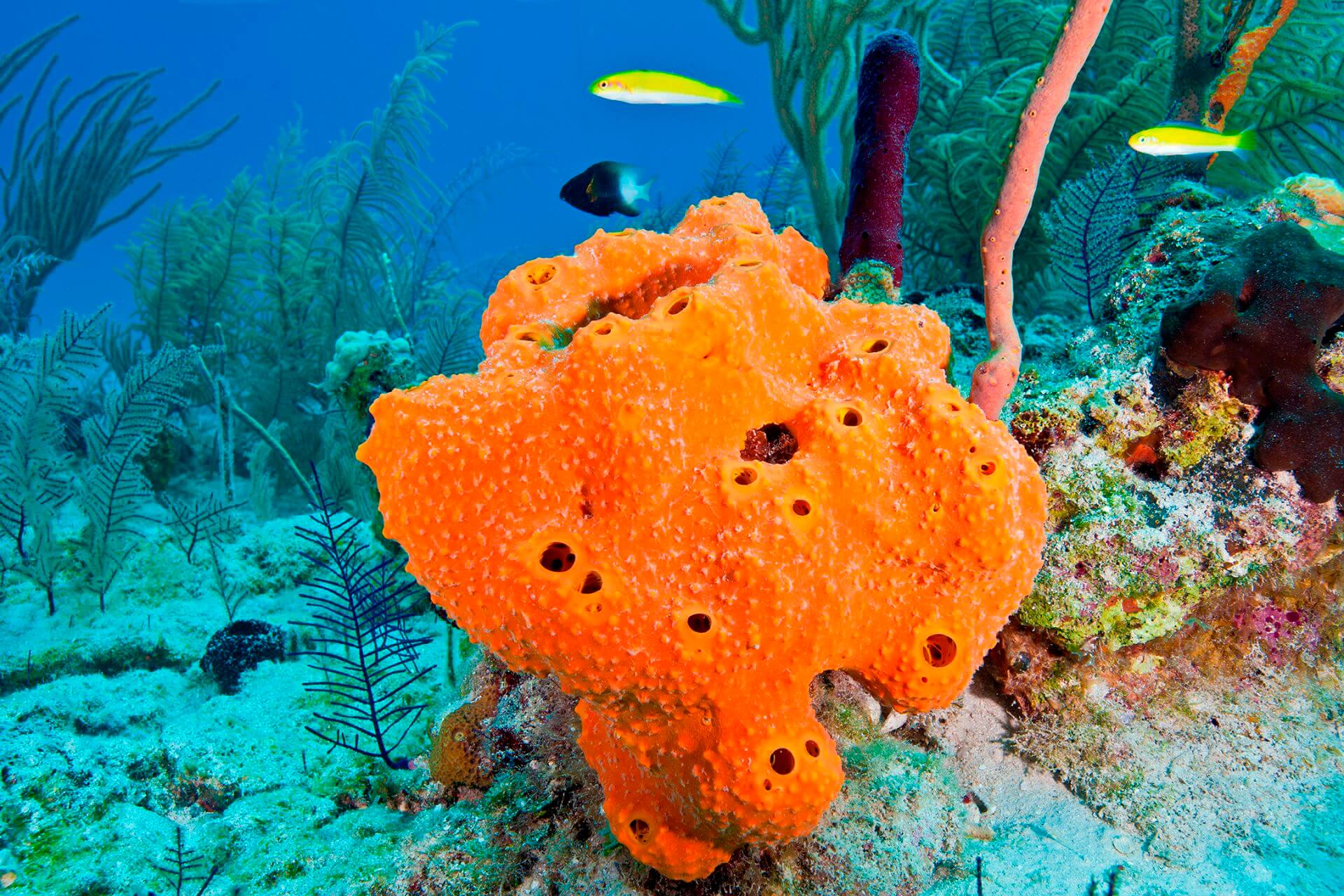




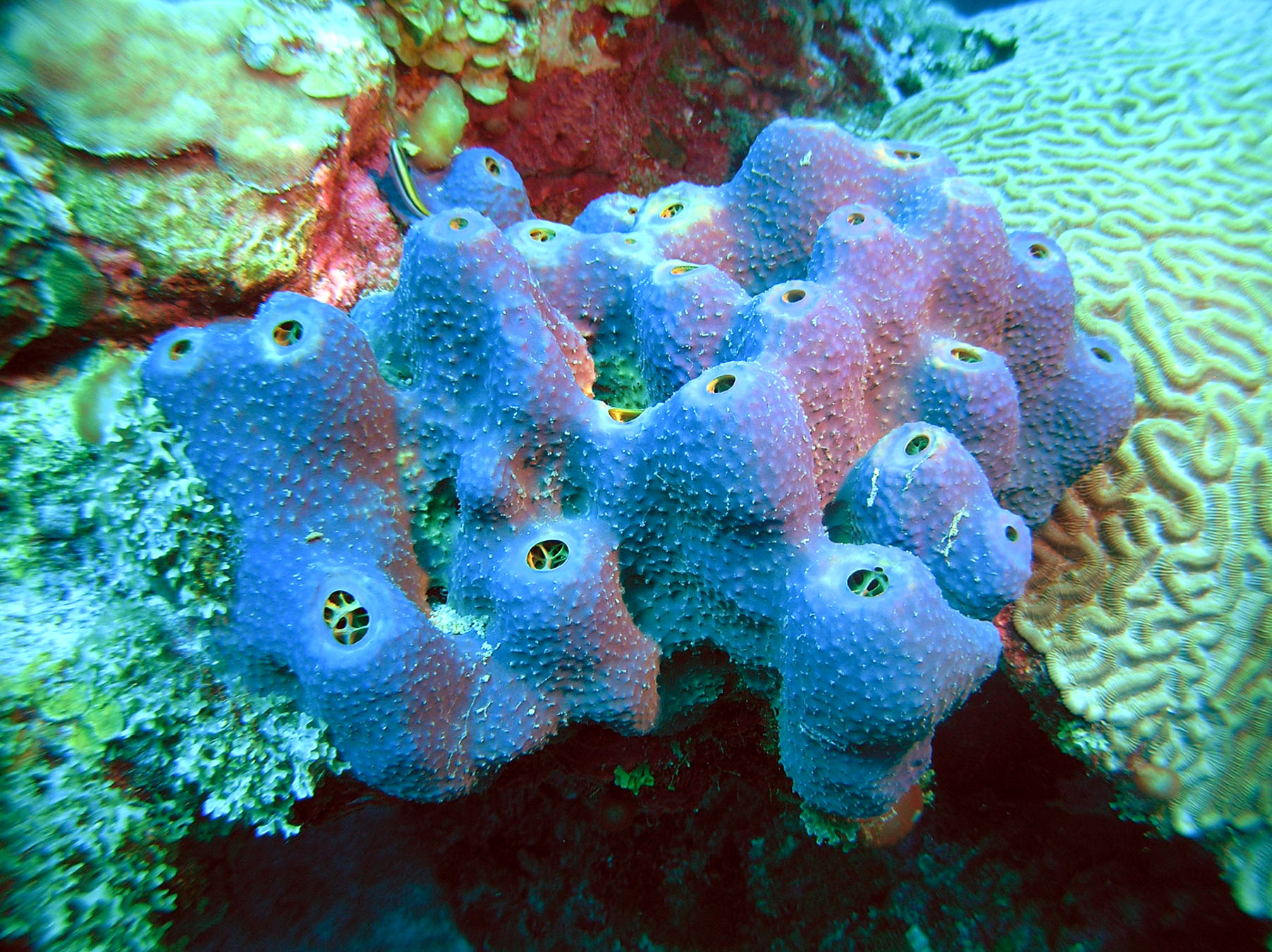

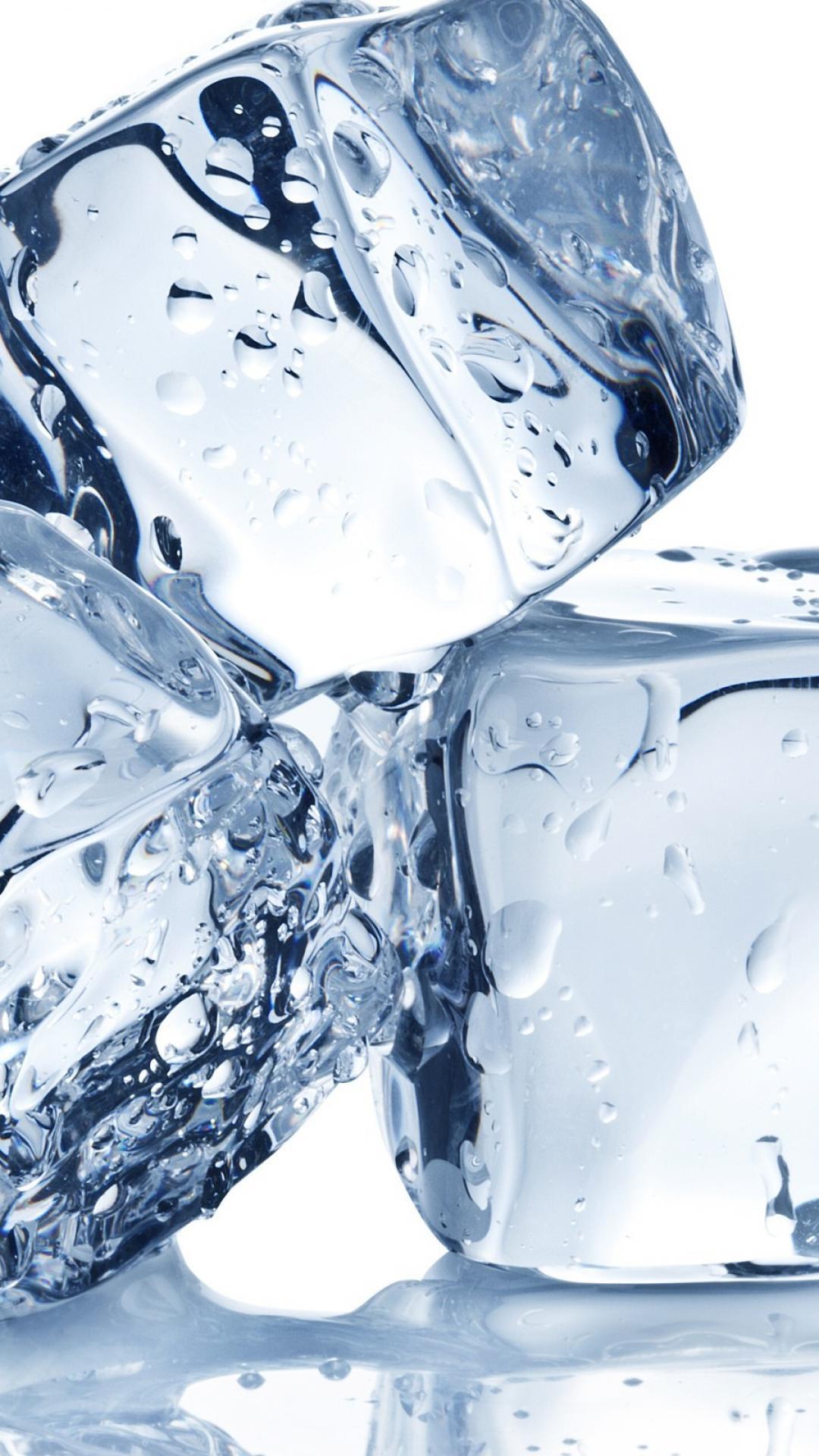
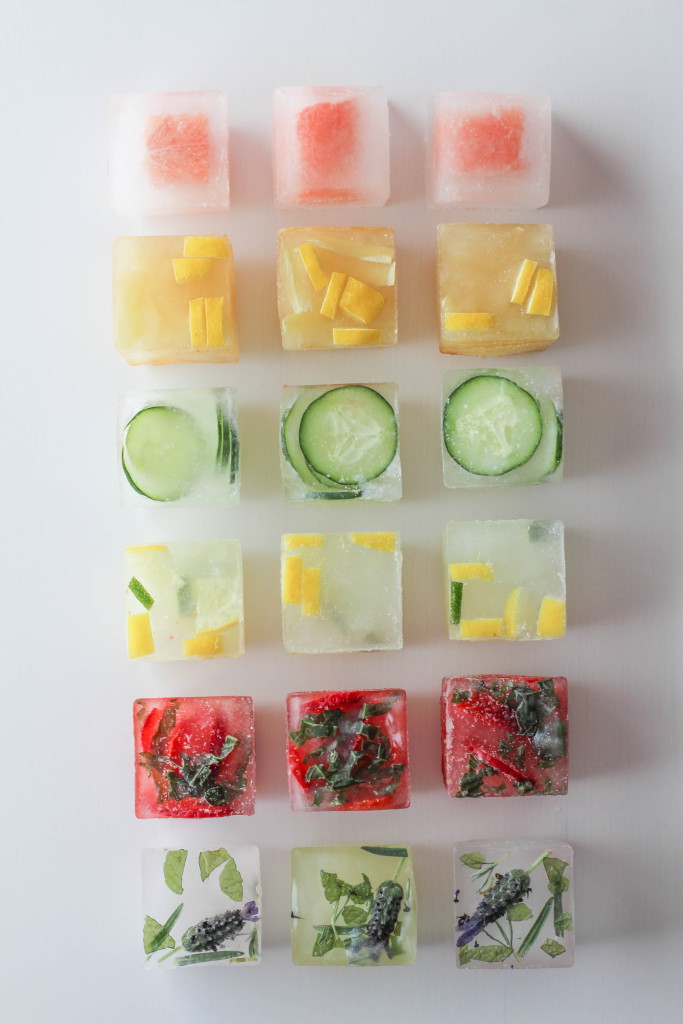
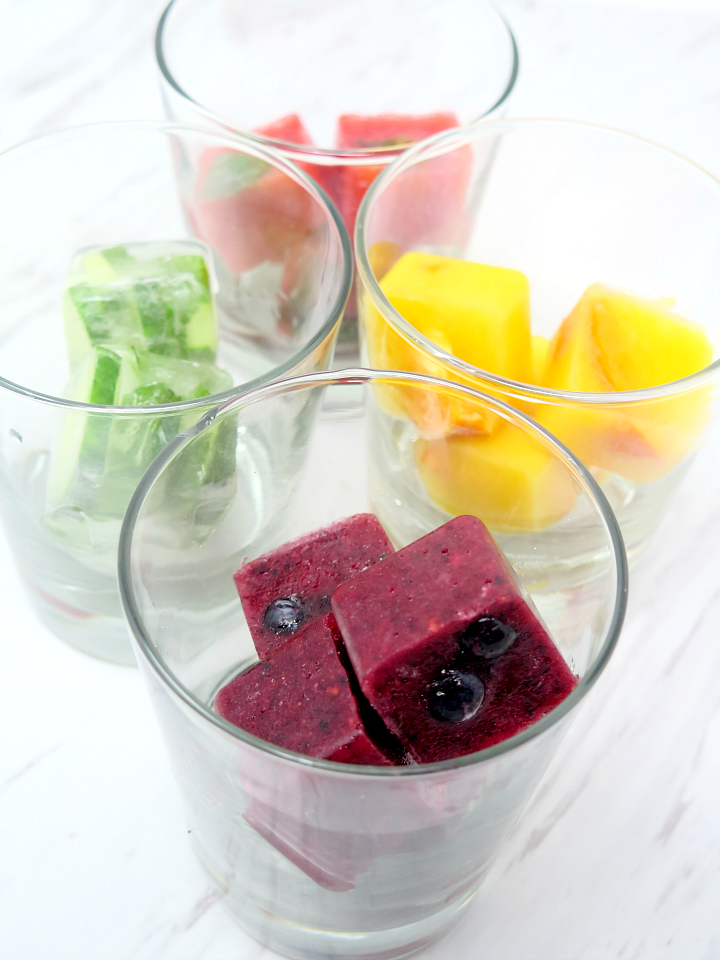
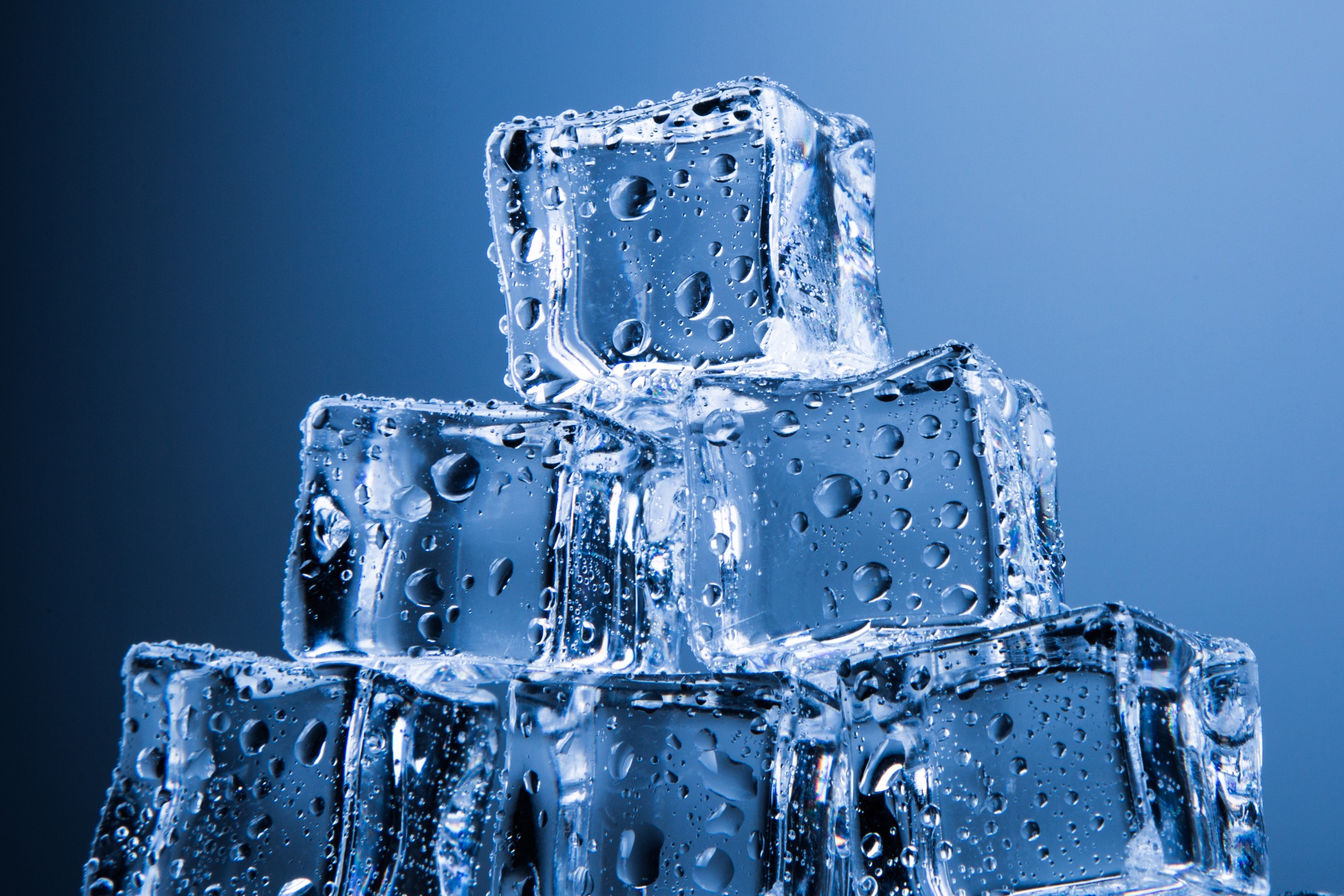
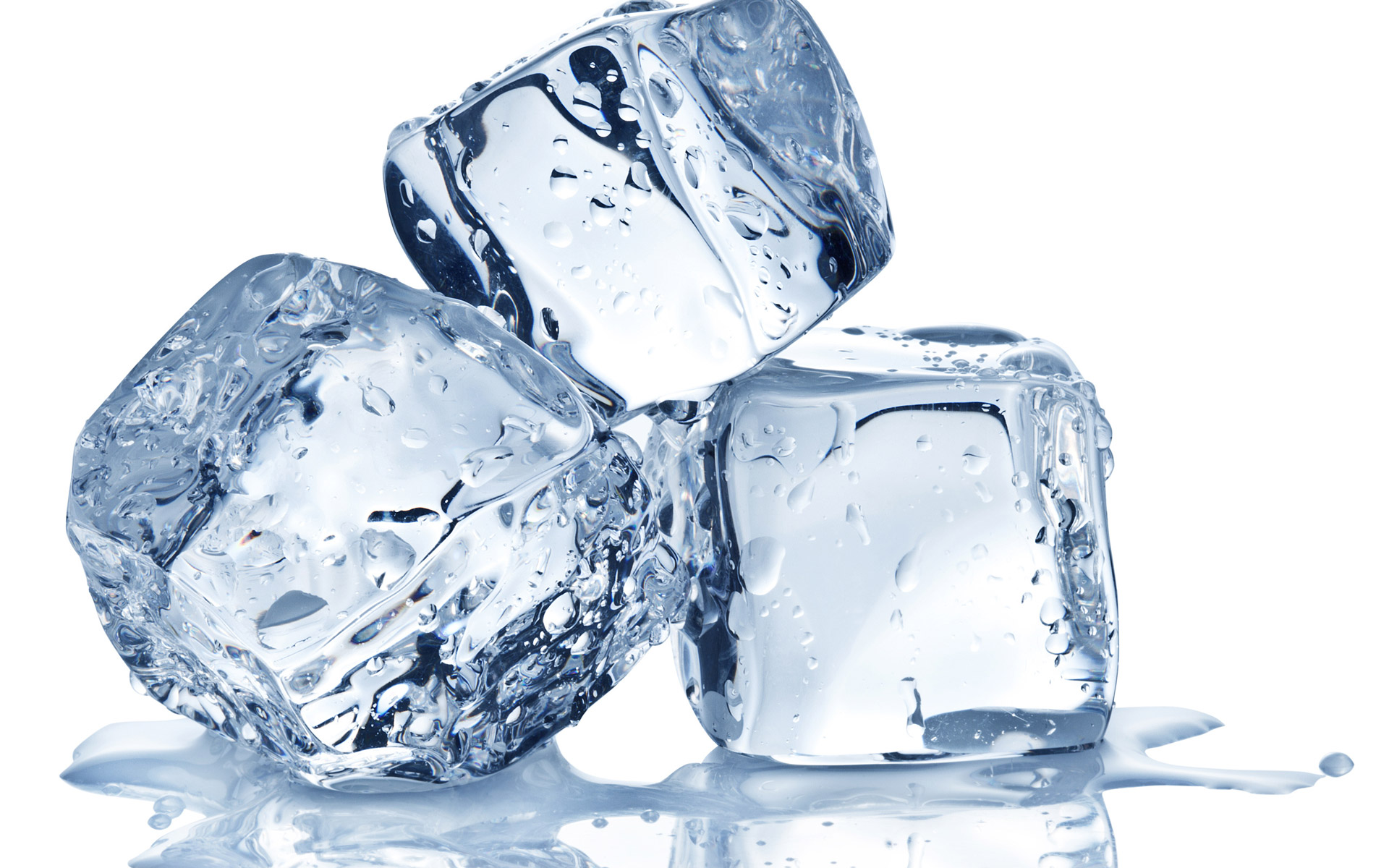
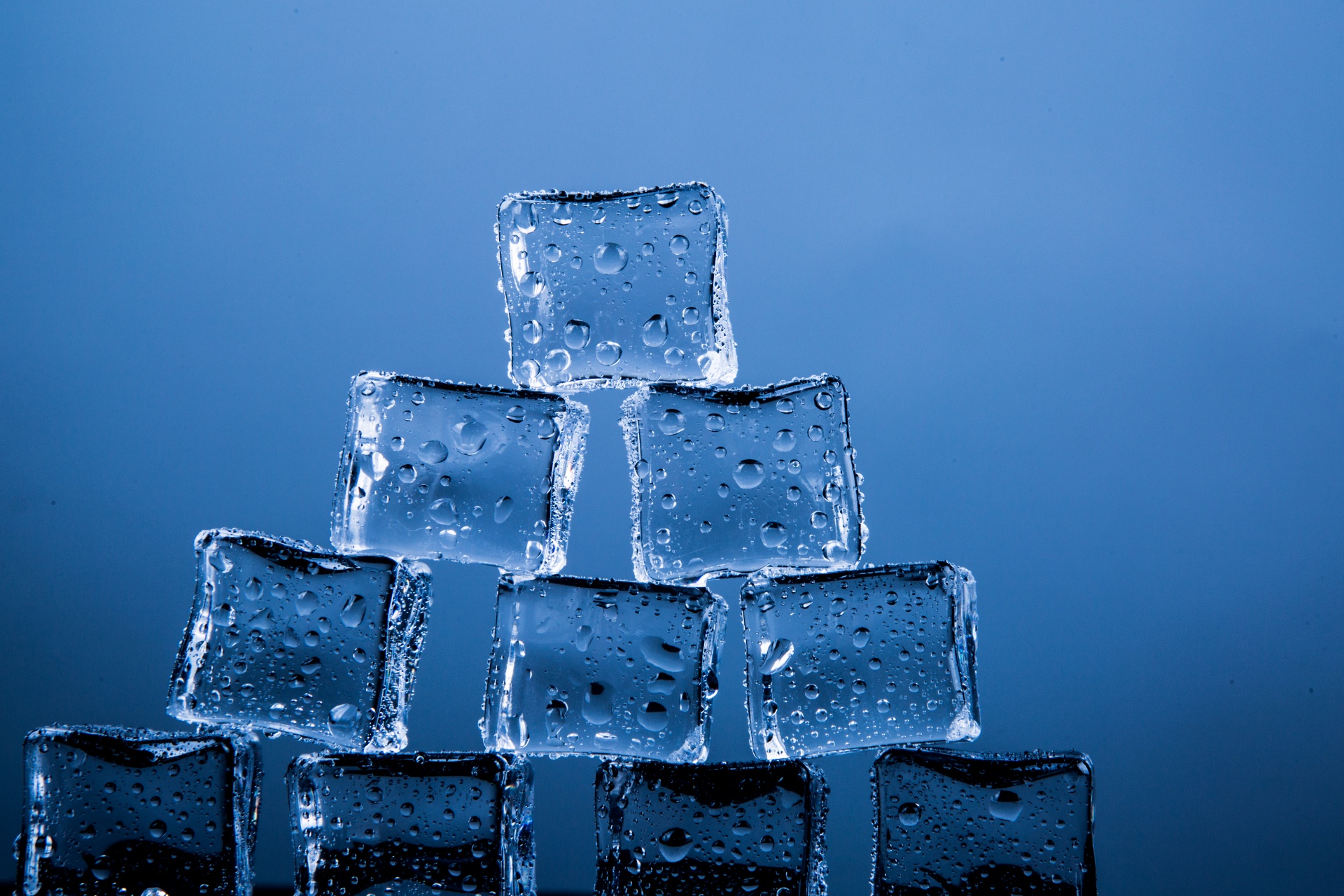
/ice-cubes-95467380-586bd3323df78ce2c3c9485c.jpg)

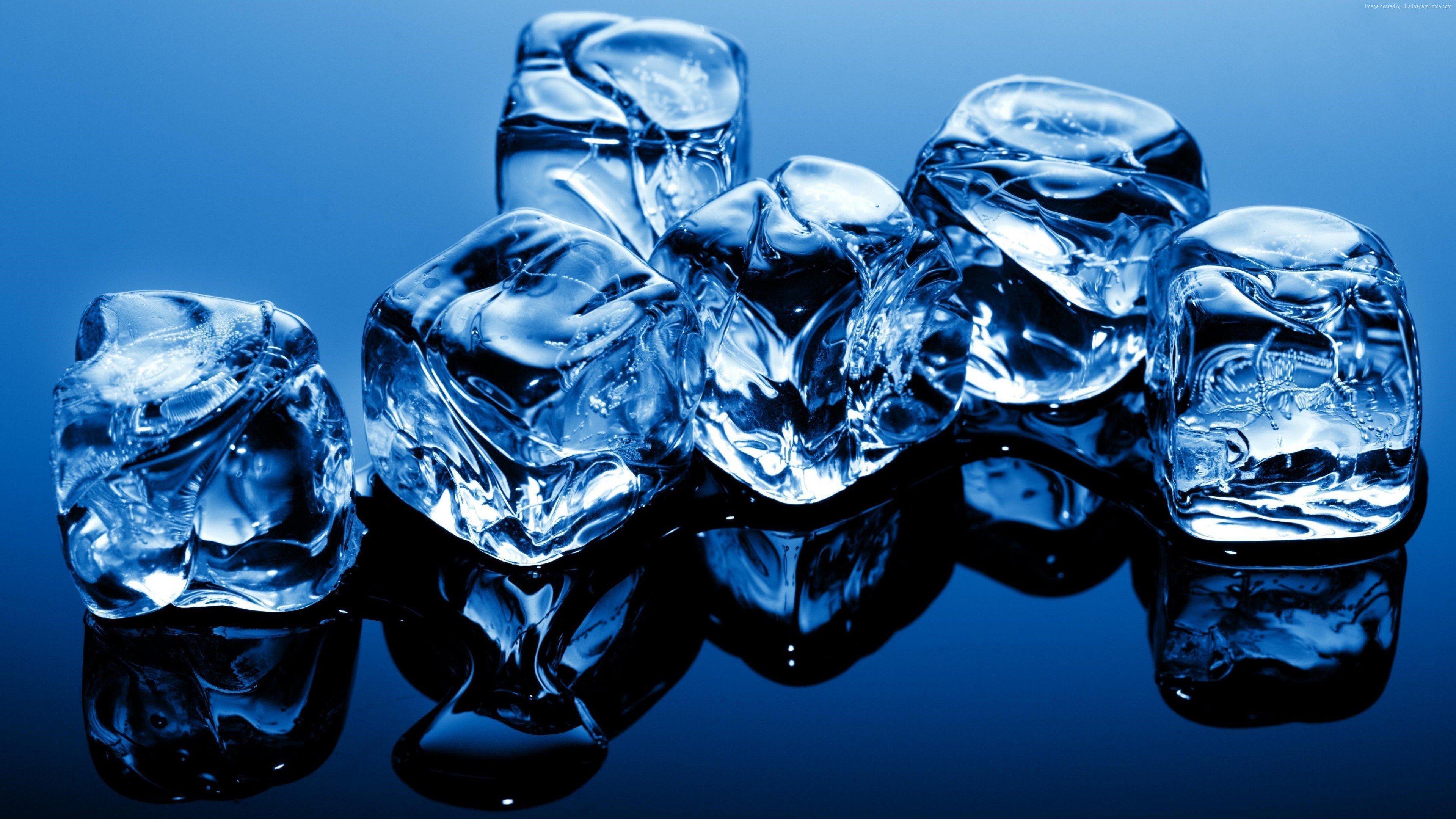
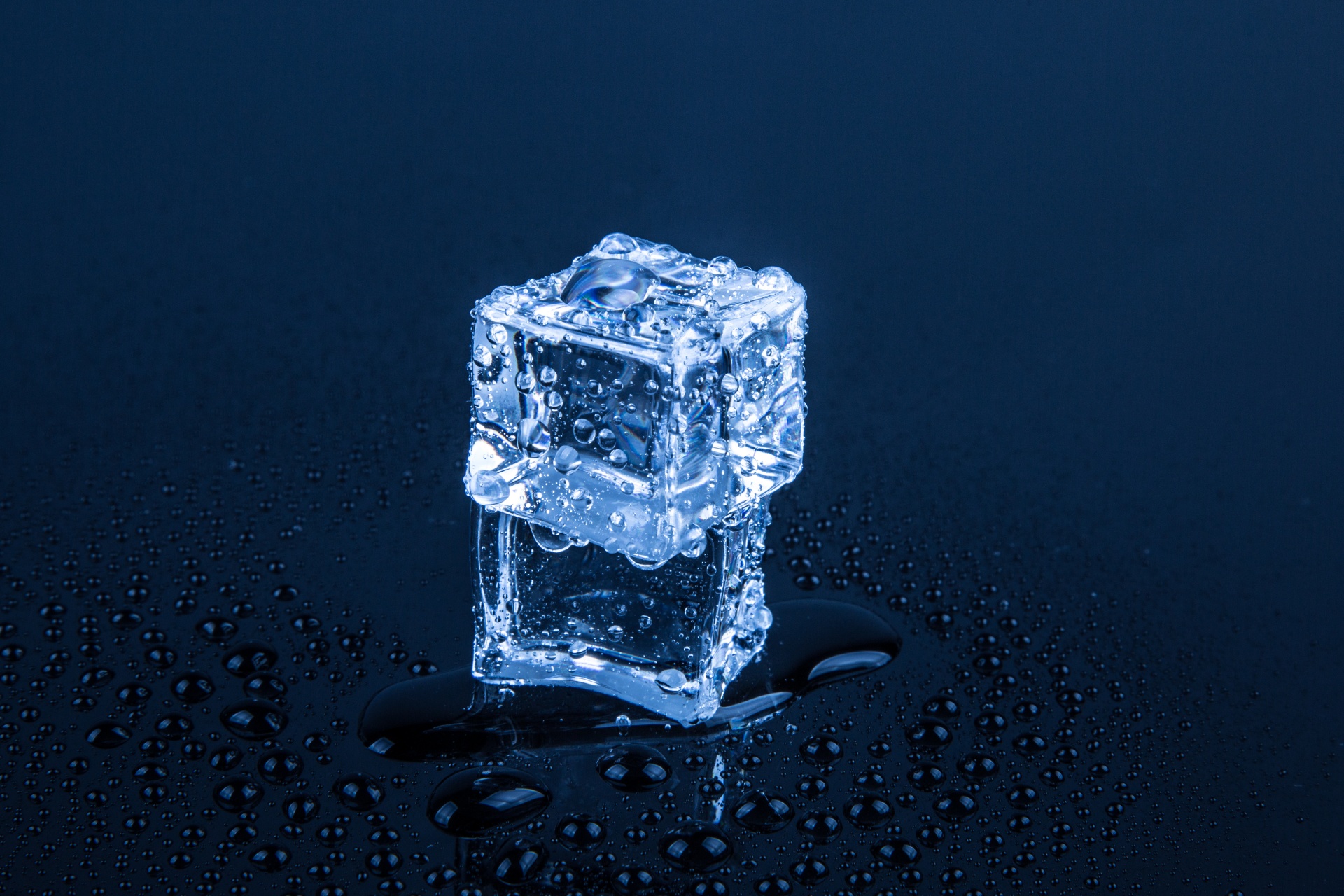
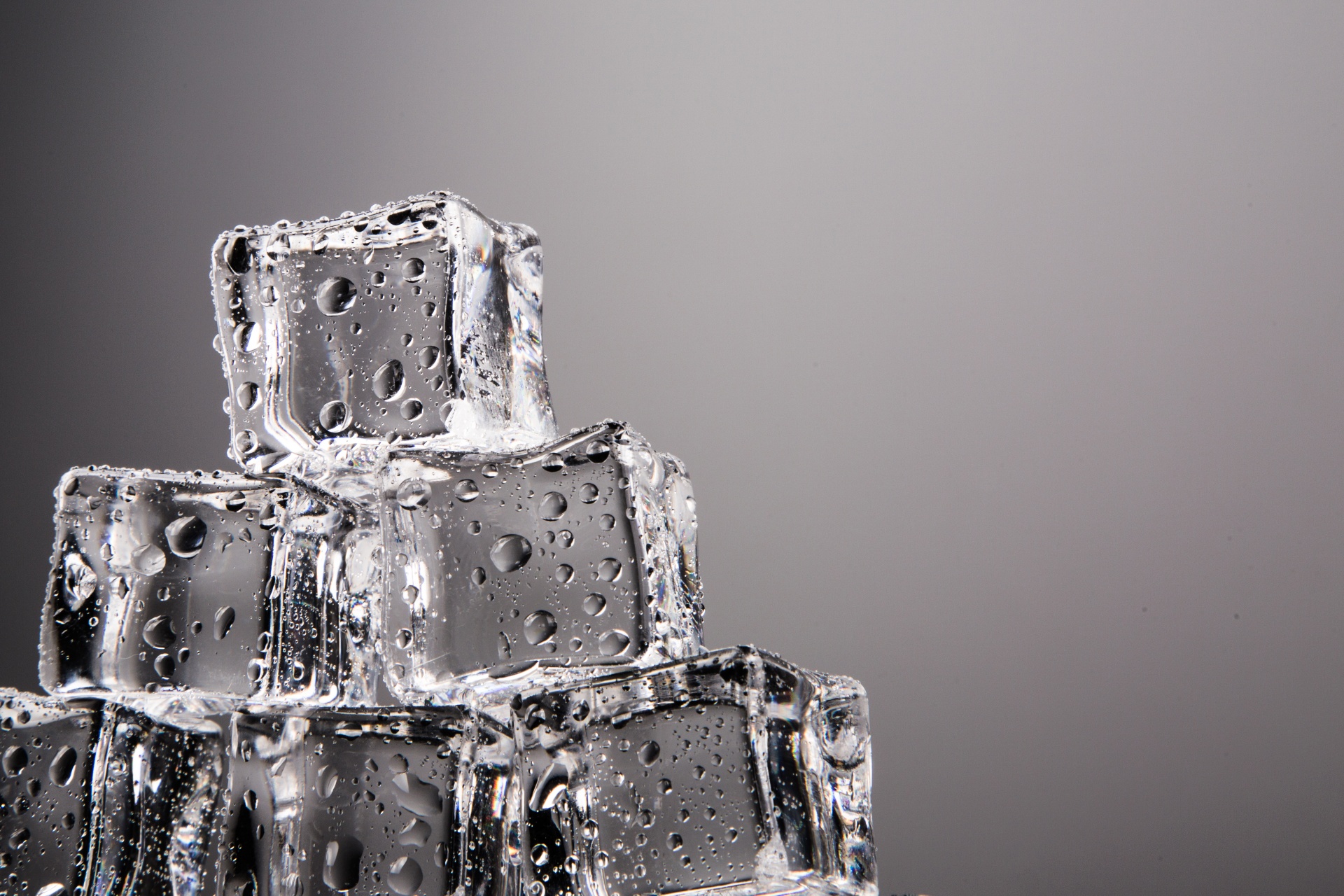
/123535151-56a12f683df78cf772683b2a.jpg)


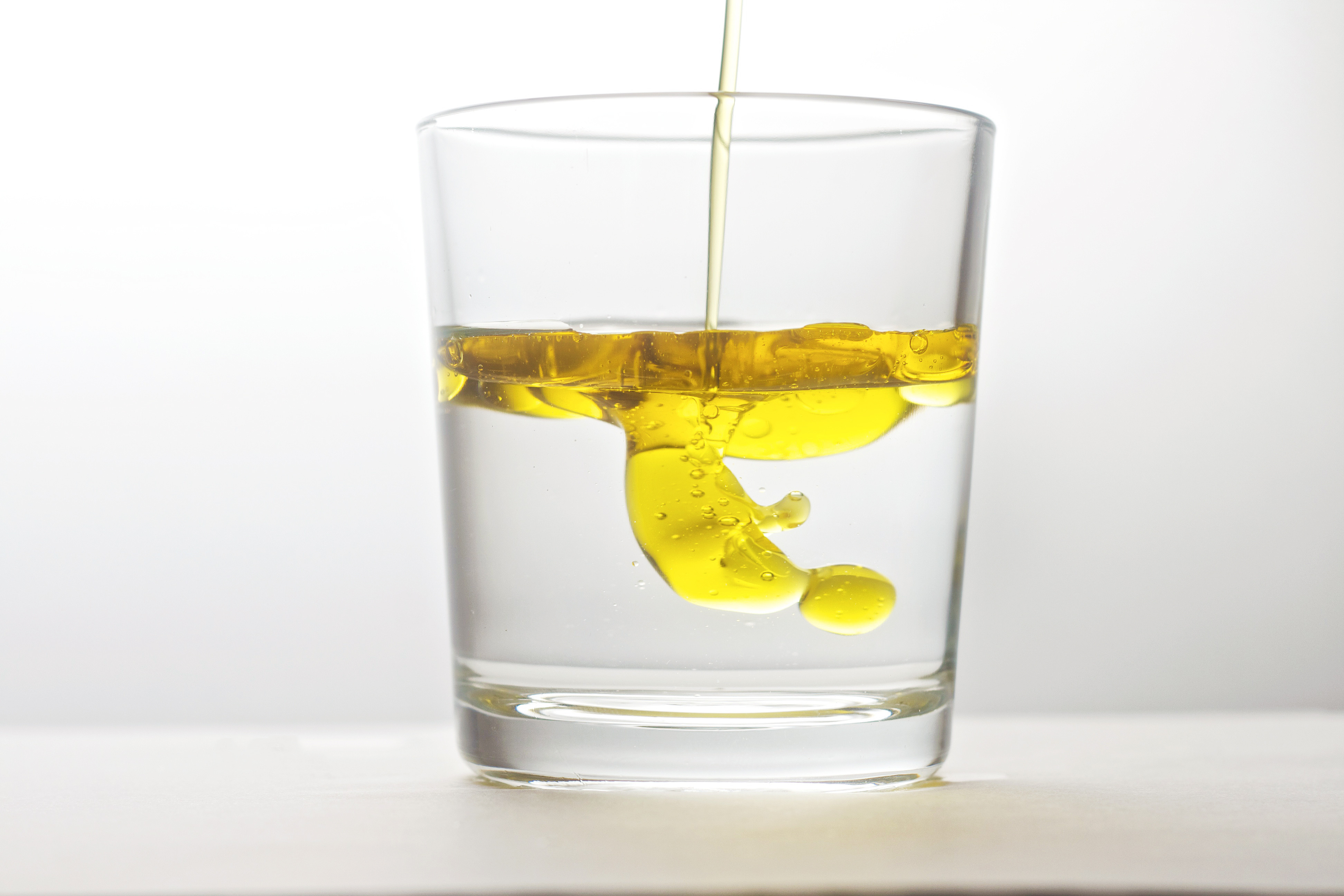
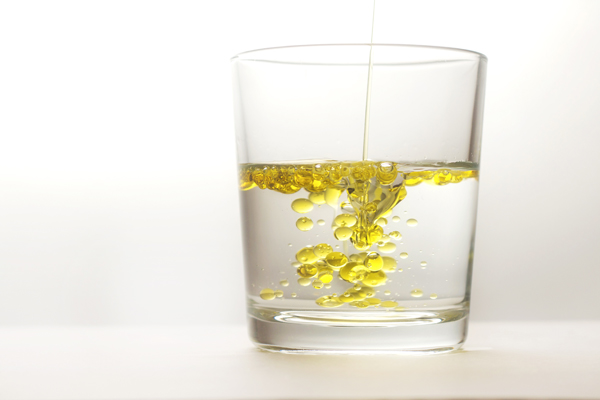



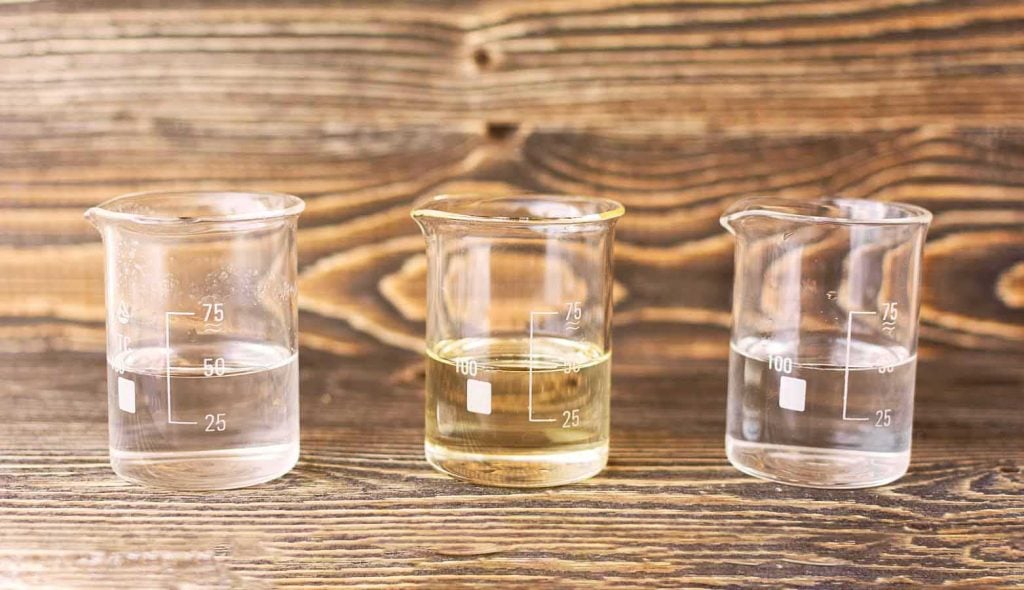



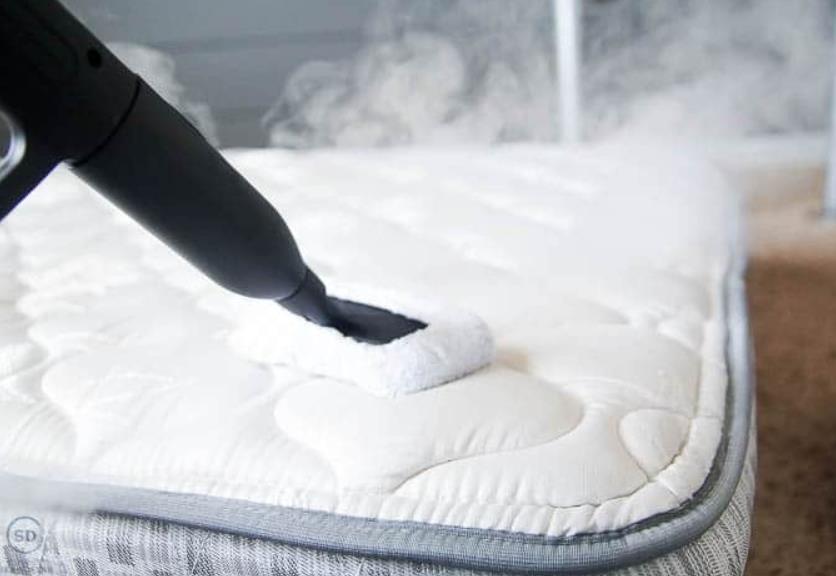


:max_bytes(150000):strip_icc()/what-is-under-the-bathroom-sink-3973574-01-ffc70a038c2f44a6ad3e490882a394a0.jpg)
